As I write this post, Jules and I were meant to be coming to the end of a 2month trip around the Apple Isle (Tasmania), however, the COVID 19 pandemic stopped that and, in fact, also meant we had to cancel our short jaunt up to Mt Augustus in WA’s Gascoyne region. But, we can’t complain too much, we got our refunds and our couple of months in pseudo home lockdown wasn’t too bad and we managed to find a new groove as a family which worked out well for us. Luckily, due to the judicious management of the COVID situation at both the Australian federal and WA state level we, so far, touch wood, have come through the pandemic relatively well. And, with the eradication of community COVID spread in WA, we are once again allowed to travel, albeit intra-state only. This is where the sparseness, geographic size and diversity of our great state of WA presents heaps of opportunites for the avid ‘stay-in-state’ tourist.
So, with the restrictions reduced, Jules and I organised a week long trip out through the wheatbelt with our usual travelling buddies Rod and BJ, and this time we were also joined by Owen and Annie. Leaving on Saturday, the 13th of June we drove out to the Kwolyin freecamp site, about 40kms east of Quairading. BJ had previously camped here and aside from the abundant space, highly recommended it due to the Lions Community team maintained flushing toilets!! A huge step up from the traditional longdrop dunny that we are used to. Apart from the silly kangaroo that decided to try and jump through BJ’s Landcruiser, leaving a rather large dent in the rear passenger side door, and some impatient knobhead who decided to overtake us on a bend, crossing the double white line to play chicken with the oncoming truck, it was a relatively nice drive to our campsite.
The campsite itself is based in regenerating bushland which used to be the Kwolyin footy ground, and surrounding the camp loops you can visit the few signs which provide information on some of the history of Kwolyin. Today, the only remaining standing building is the old church, complete with its outside toilet block and thunderbox toilets; essentially a plank with a hole in it sitting over a tin bucket. I pity the poor alter boys who had to empty these buckets after a busy Sunday sermon… The Kwolyin townsite was gazetted and established in 1913 but struggled due to a lack of water and when the pub was destroyed by arson in 1992 and subsequently demolished, the town was decommissioned. Today only a few information signs and the foundations remain. The campsite sits alongside the Coarin Rock and there are a couple of nice walking trails which allow you to explore the rocks and area.
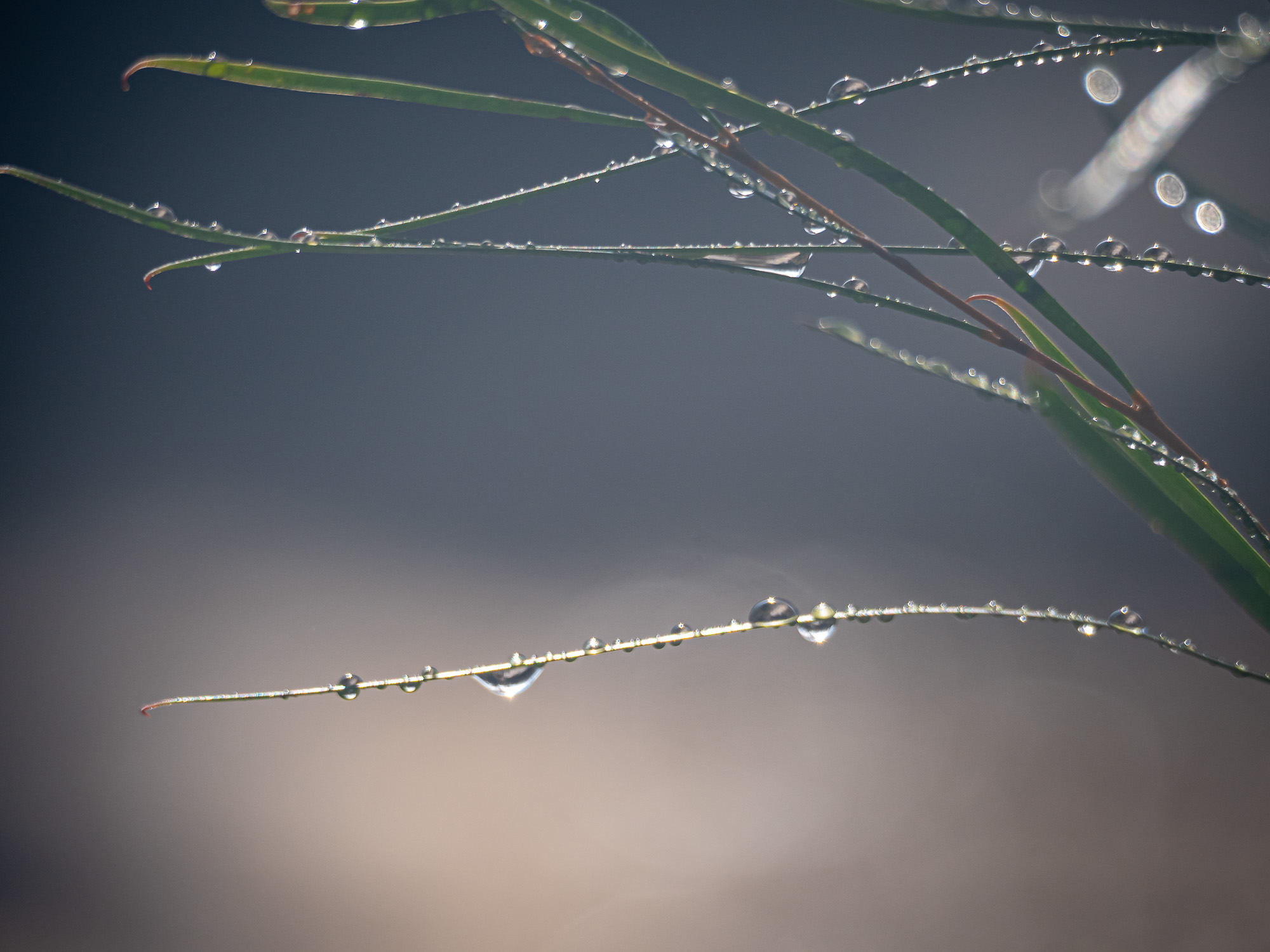
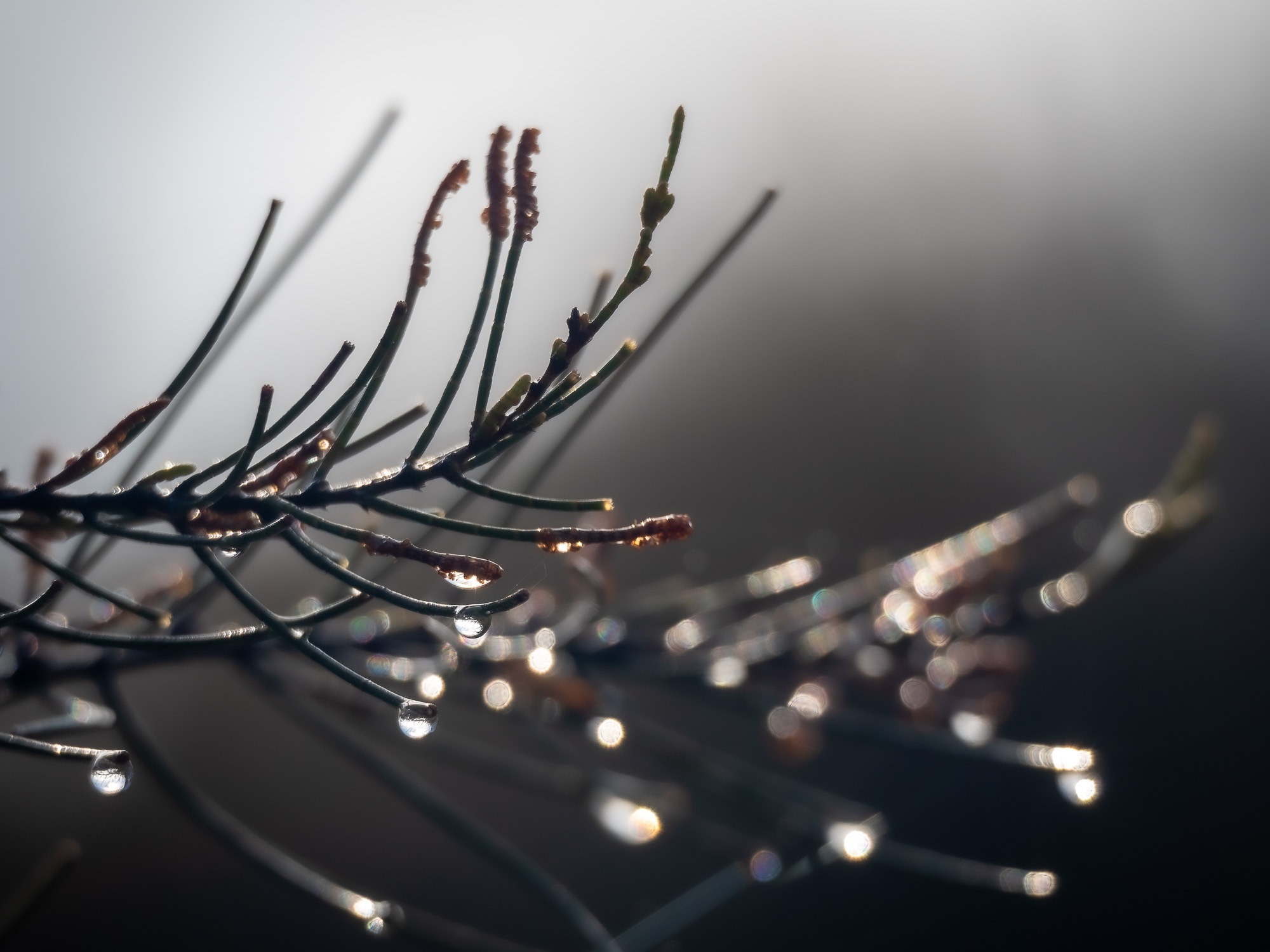
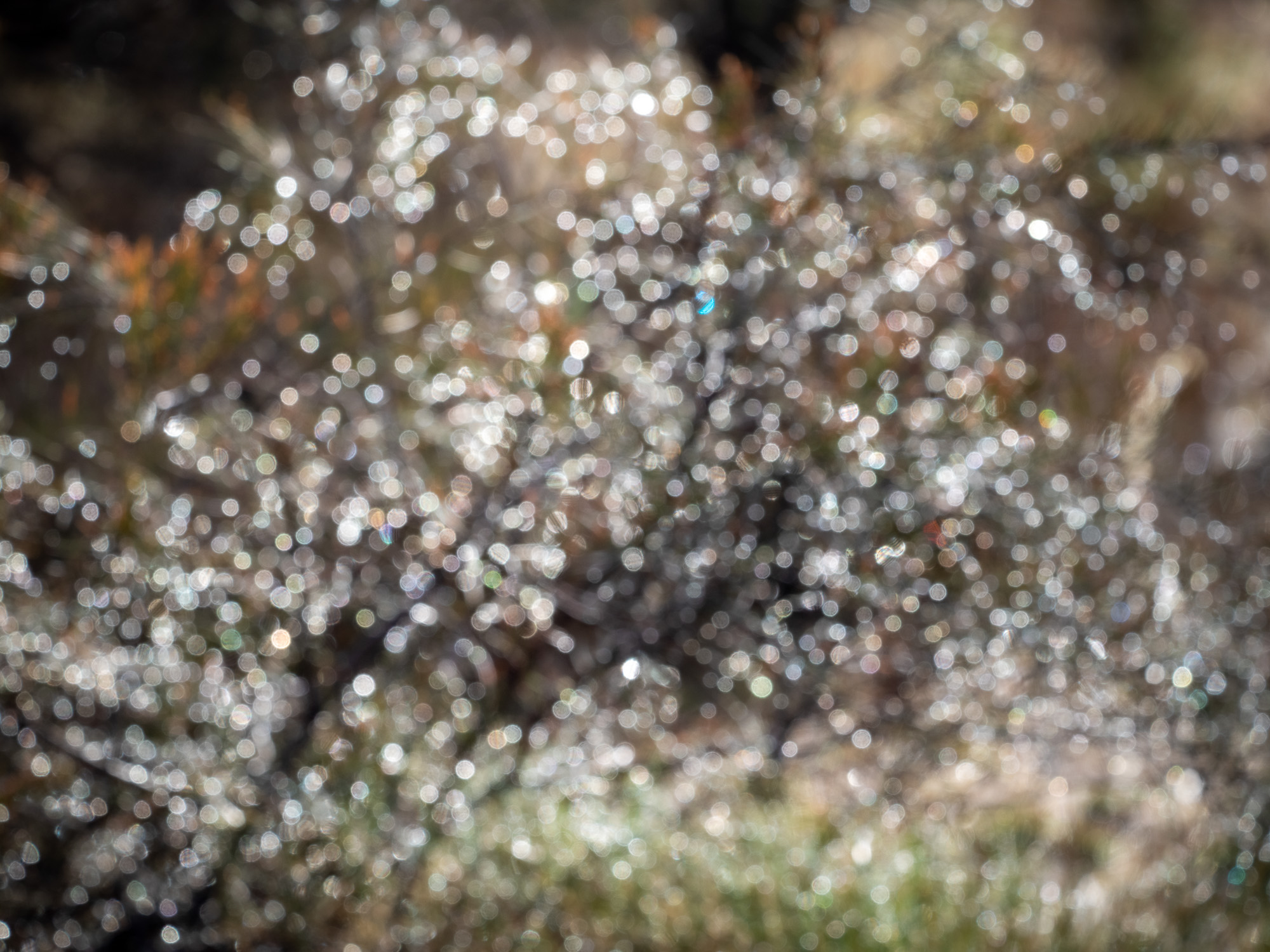
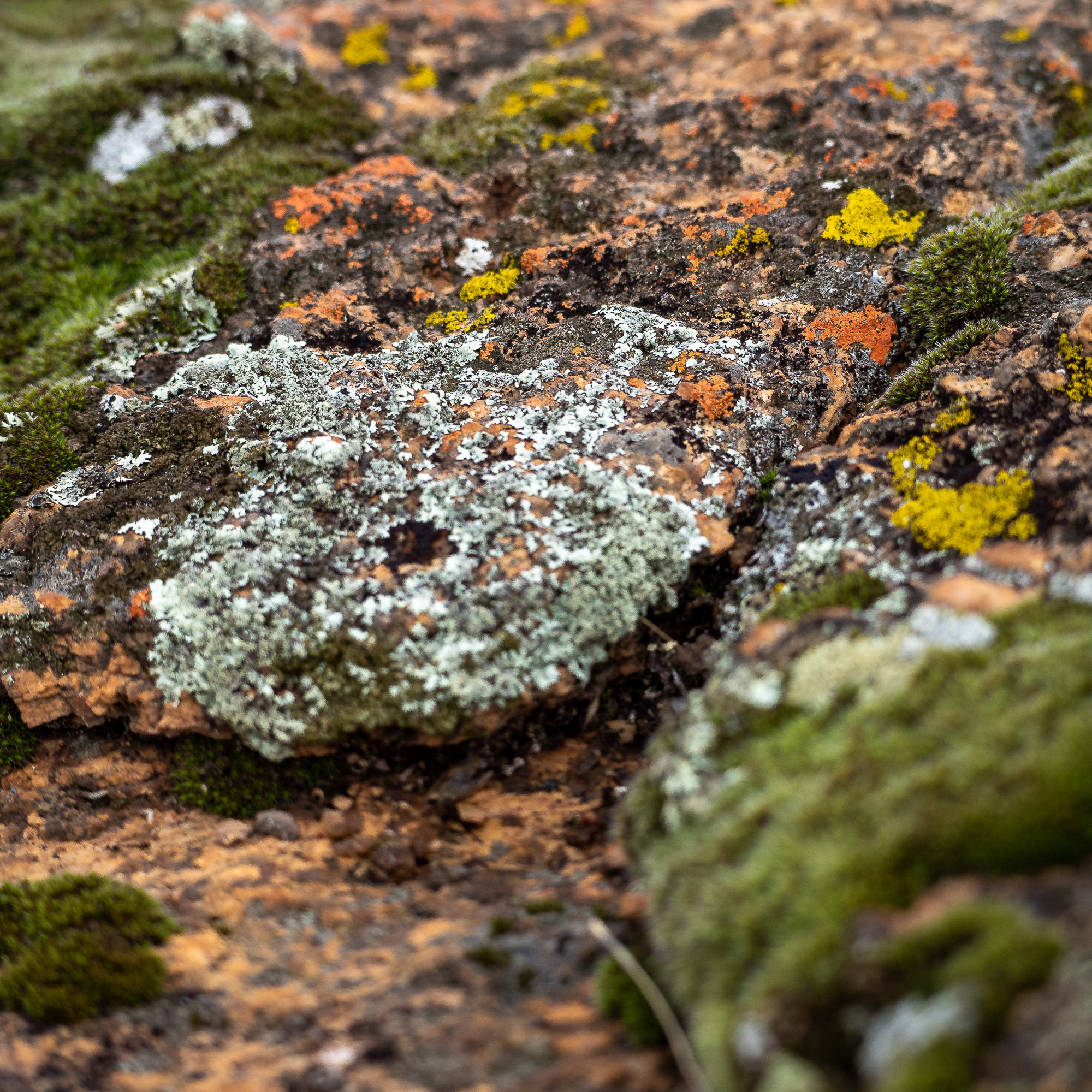
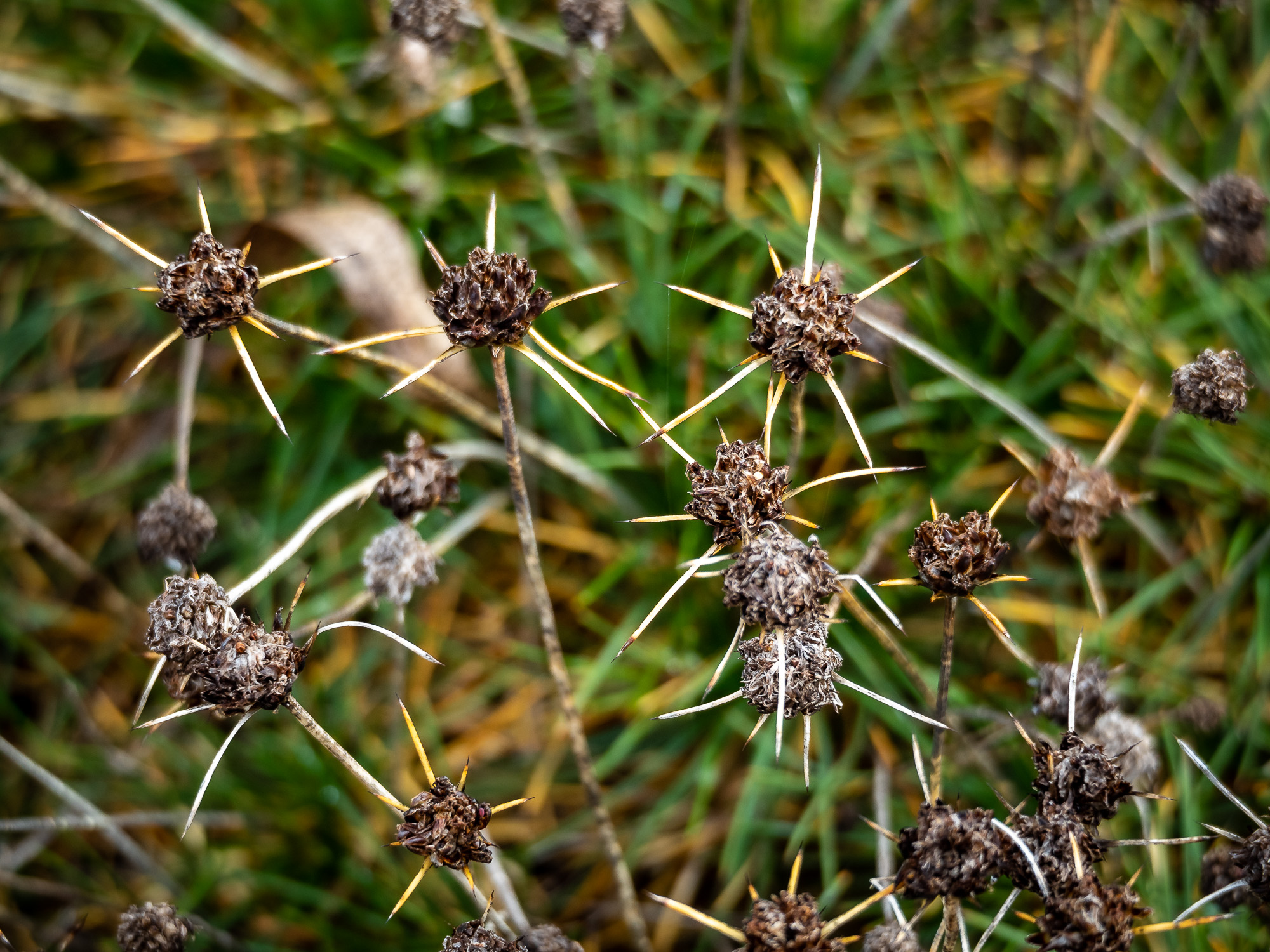
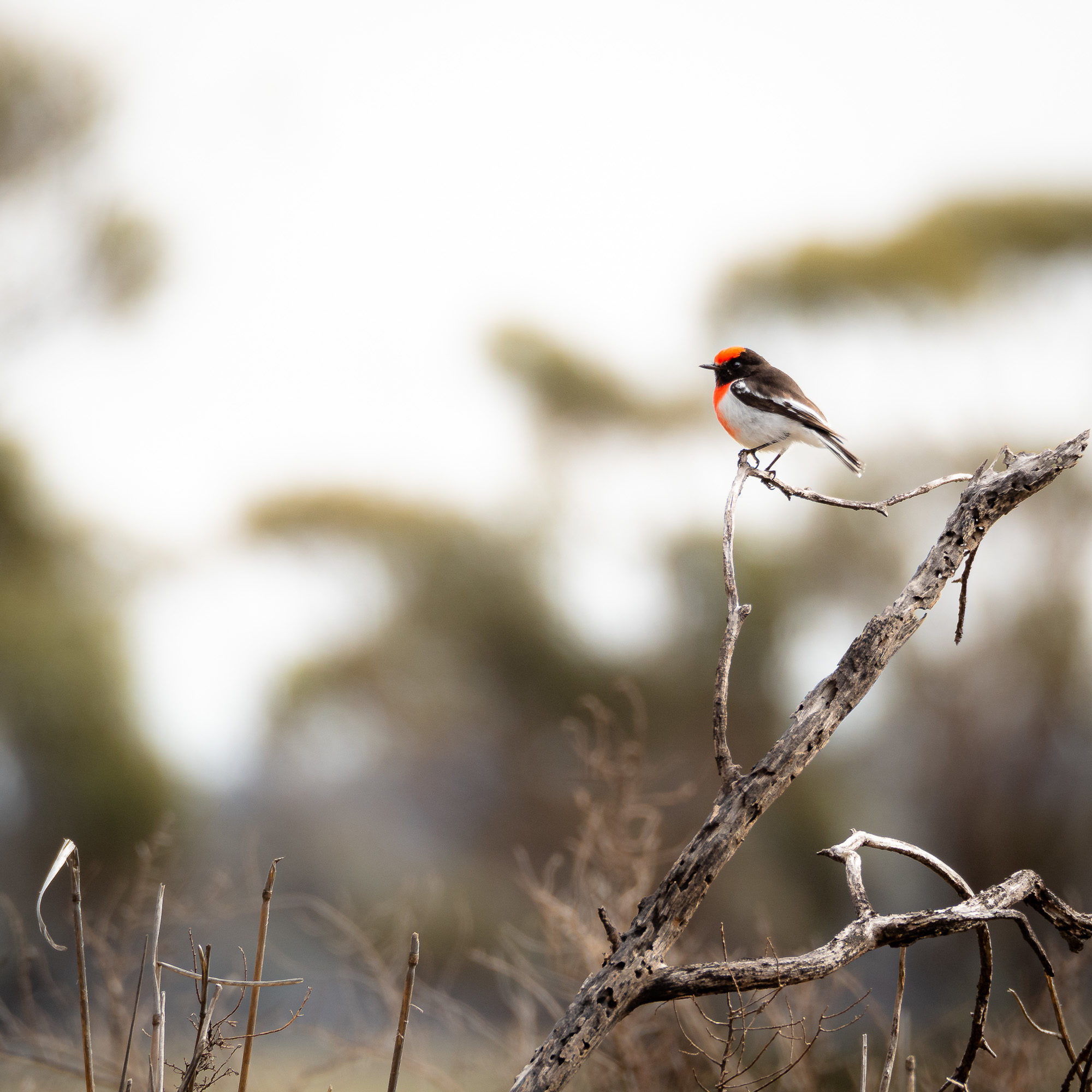
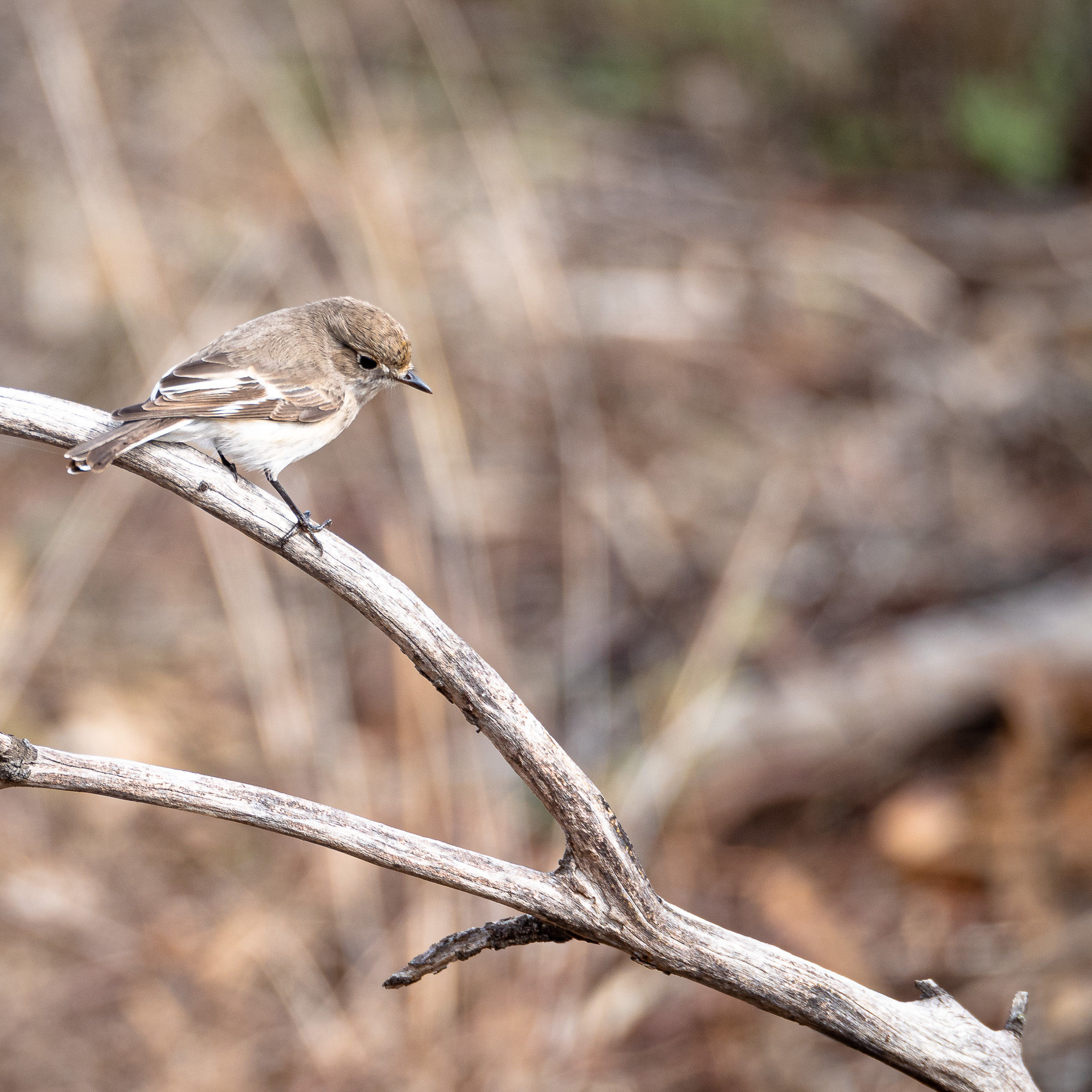
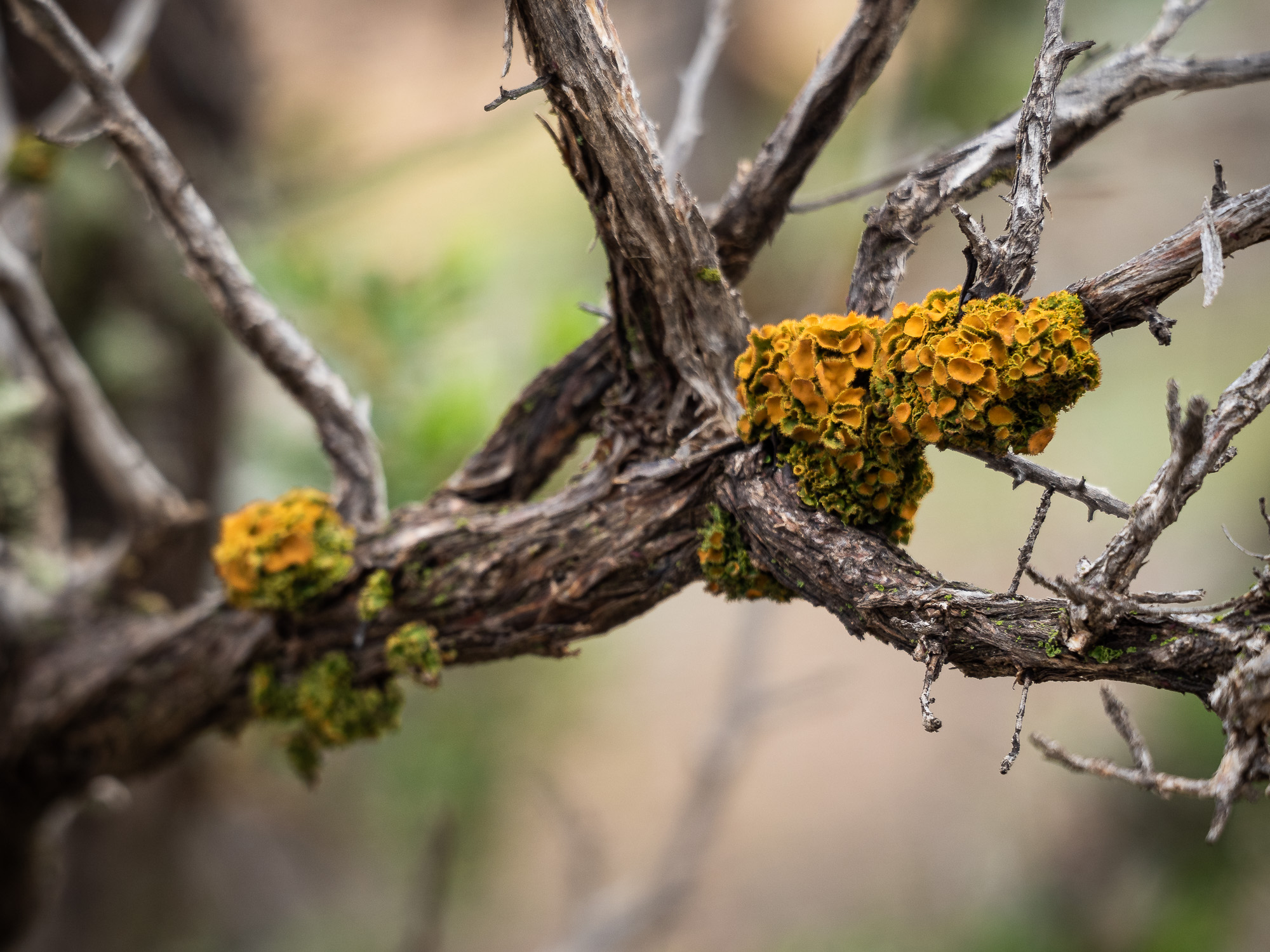
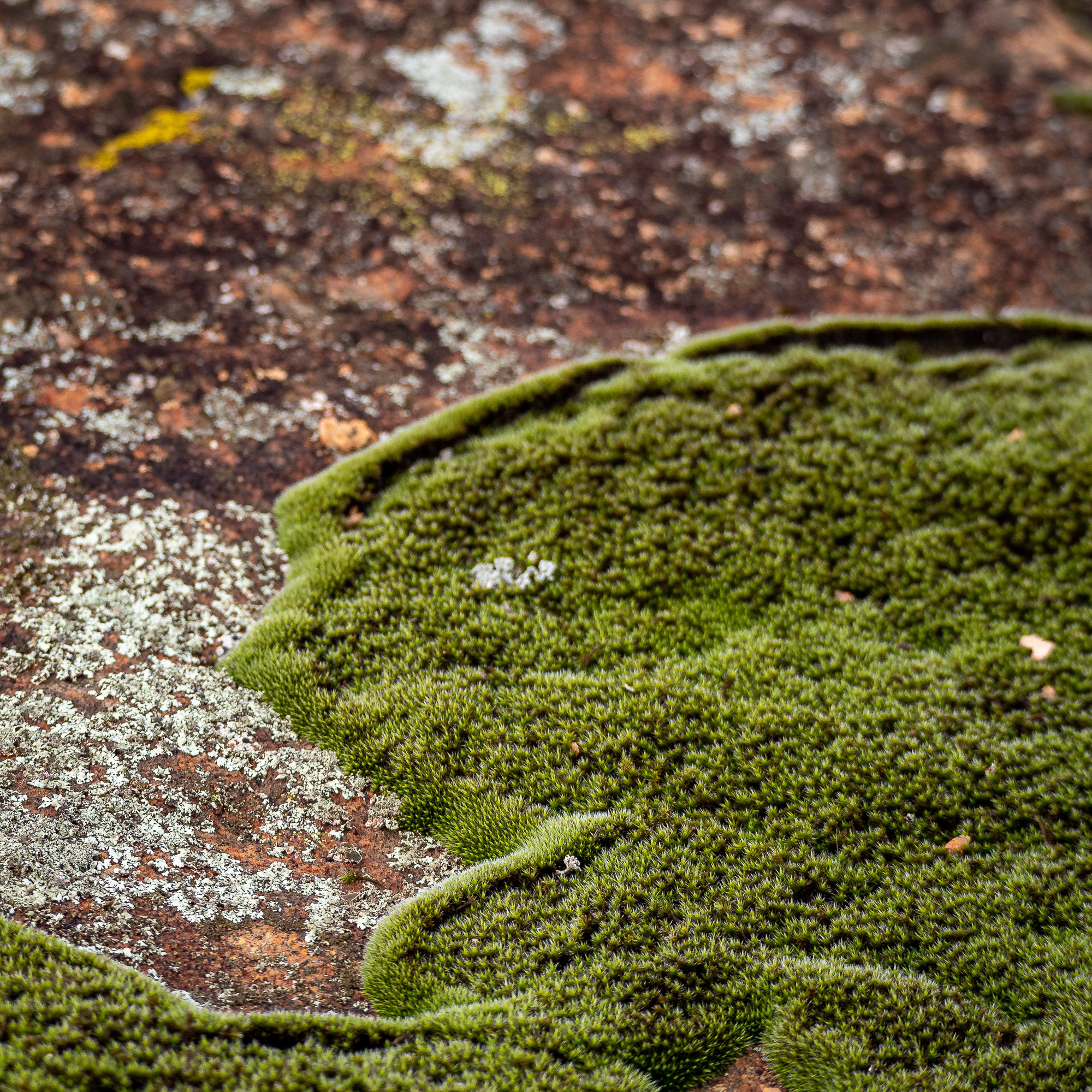
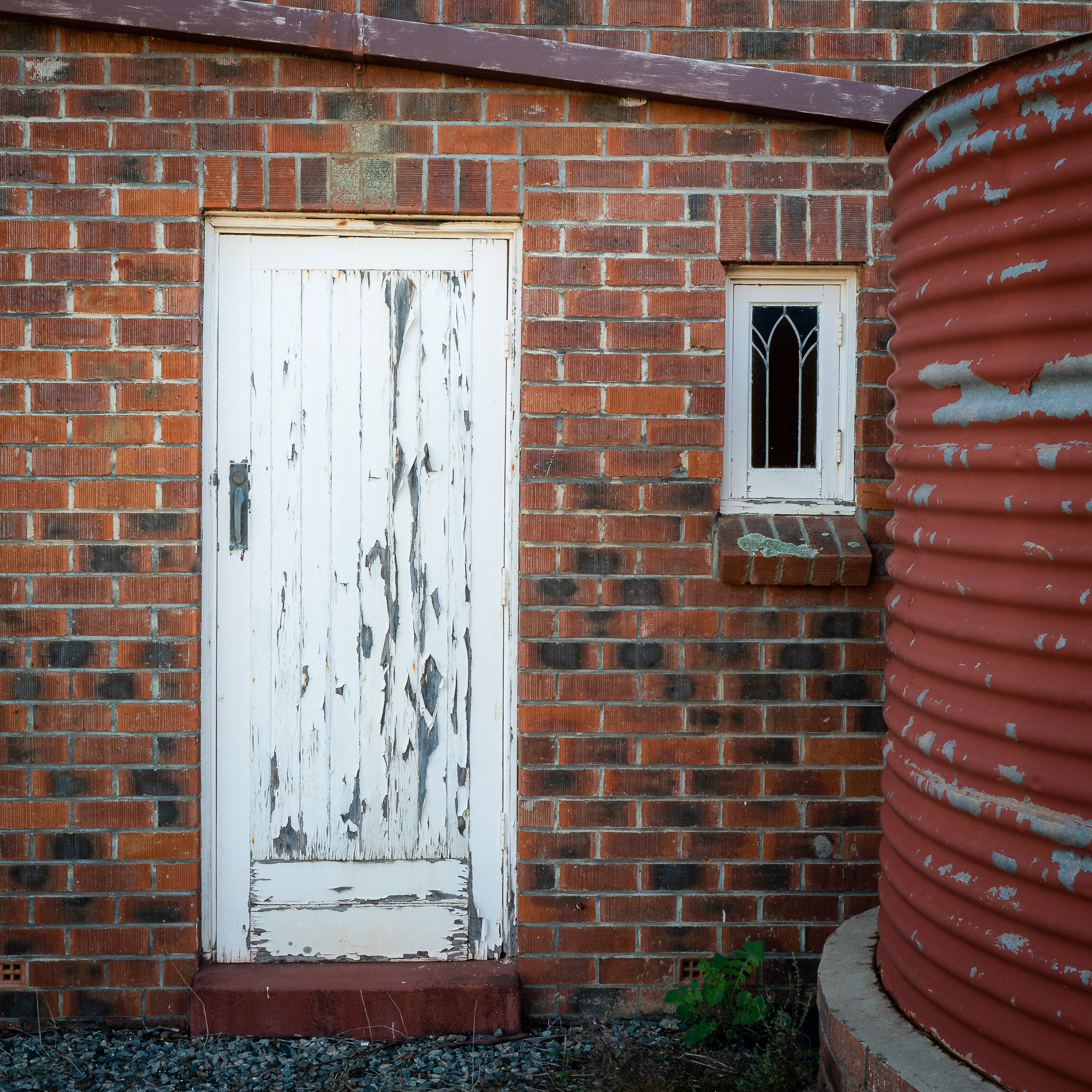
We spent a couple of days at Kwolyin, doing the walks and taking some back roads up through the wheatbelt farms to visit Kokerbin Rock which is is Australia’s 3rd largest monolith, meaning ‘single rock’. Although it rises 122m from the surrounding farmland, it’s an easy hike to the top for 360 degree views. From Kokerbin Rock we also drove through the Salt River floodplain up past Mount Stirling, another big arse rock in the countryside, through to Merredin for lunch at the bakery.
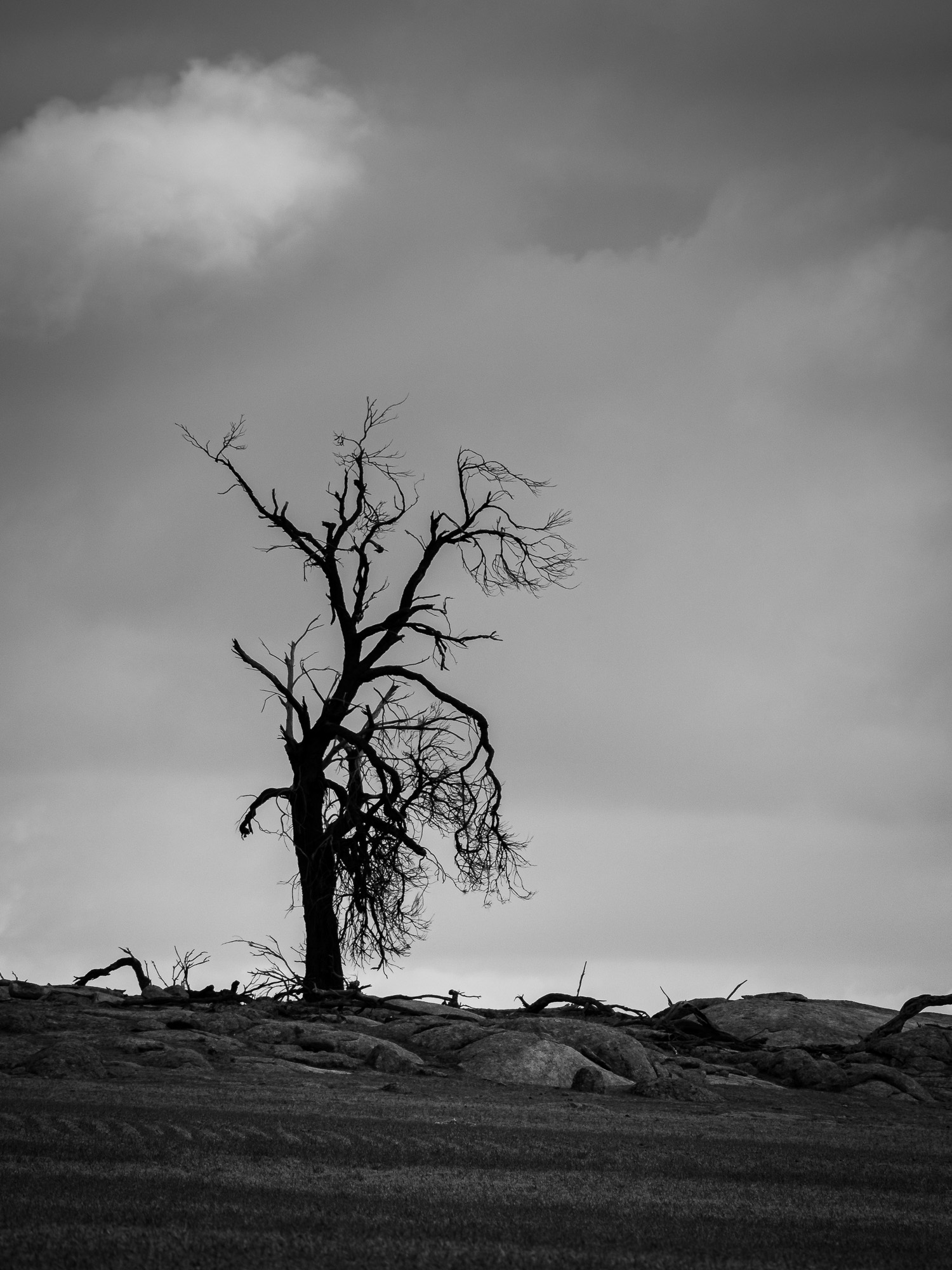
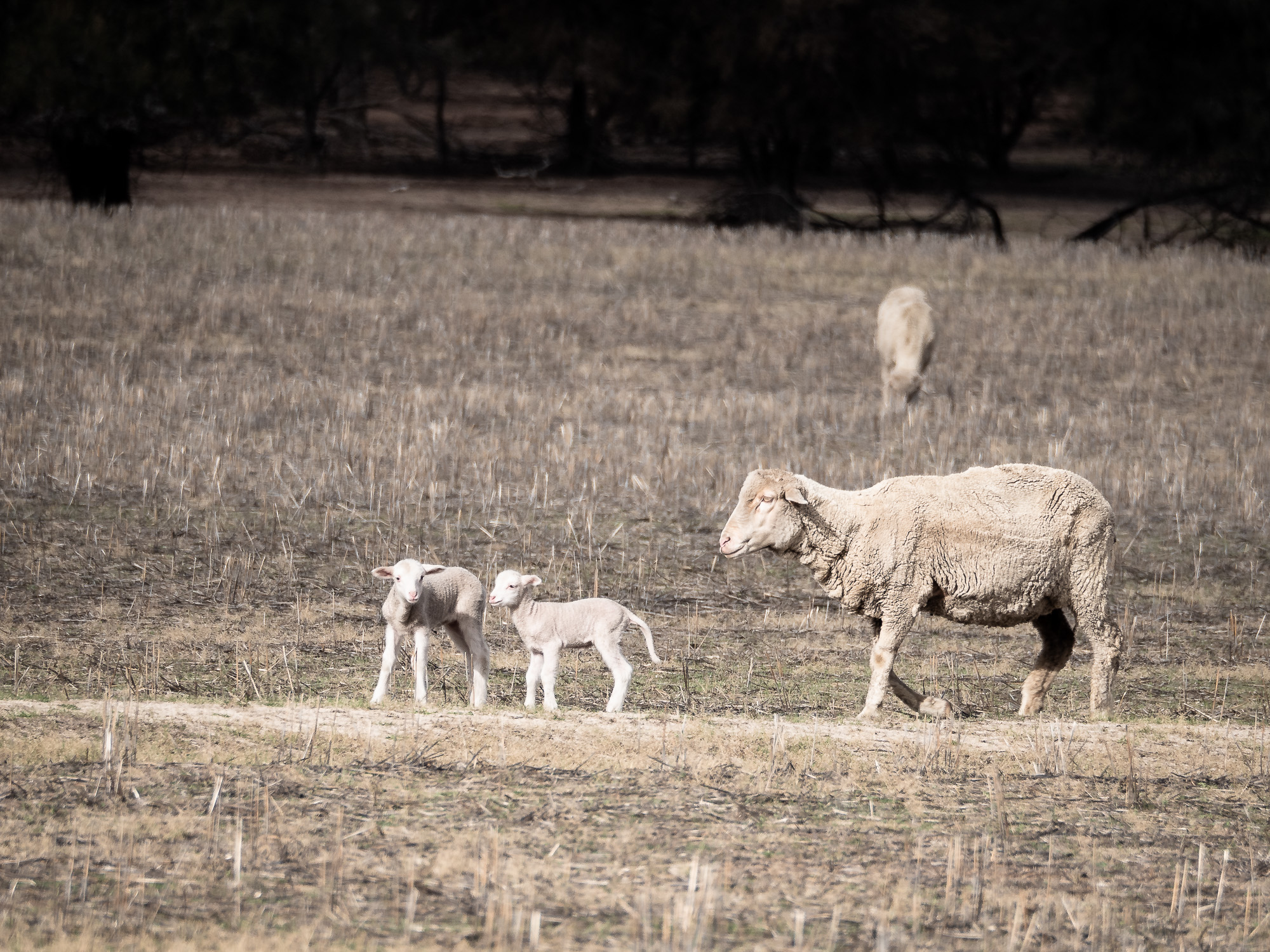
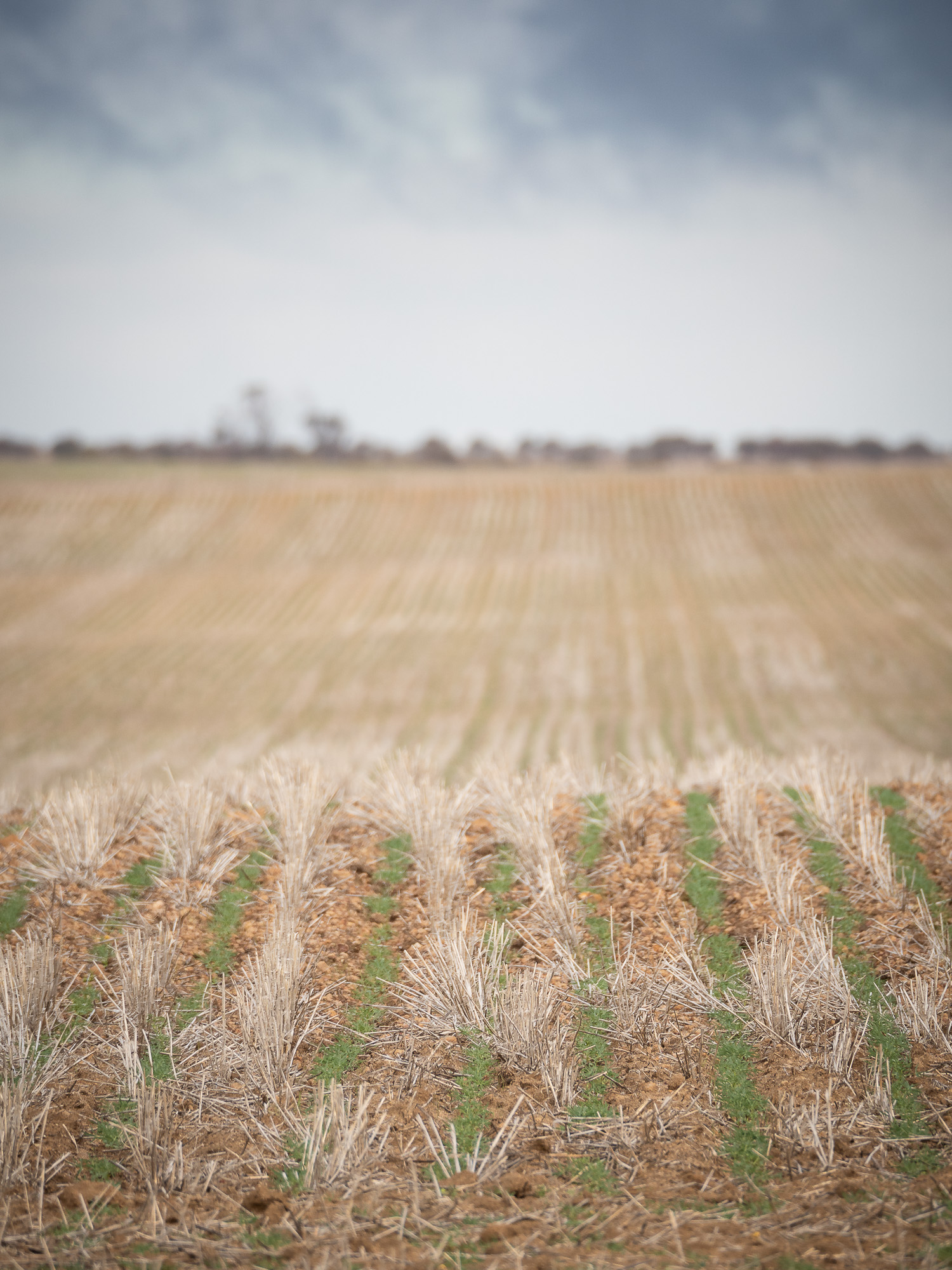
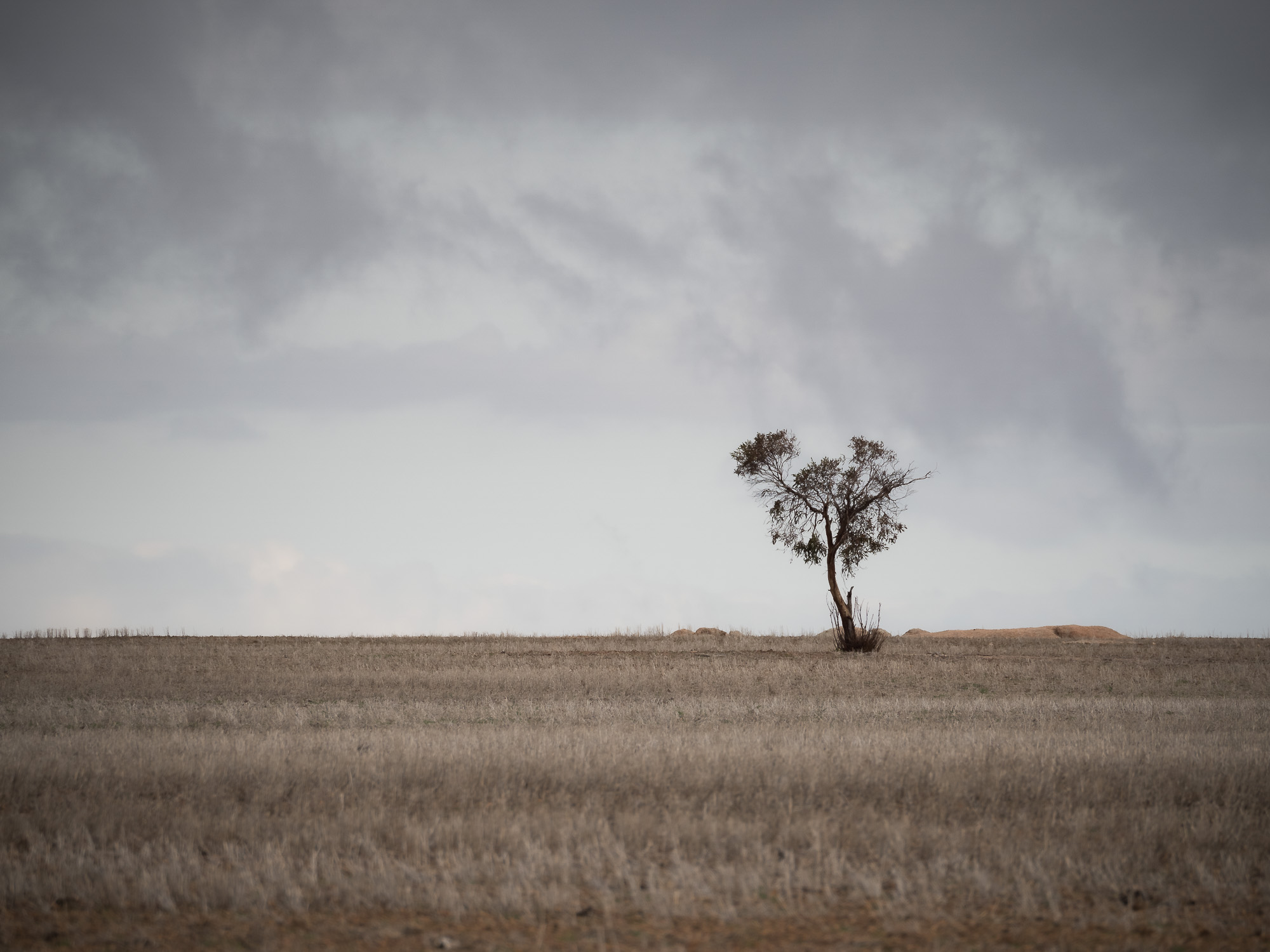
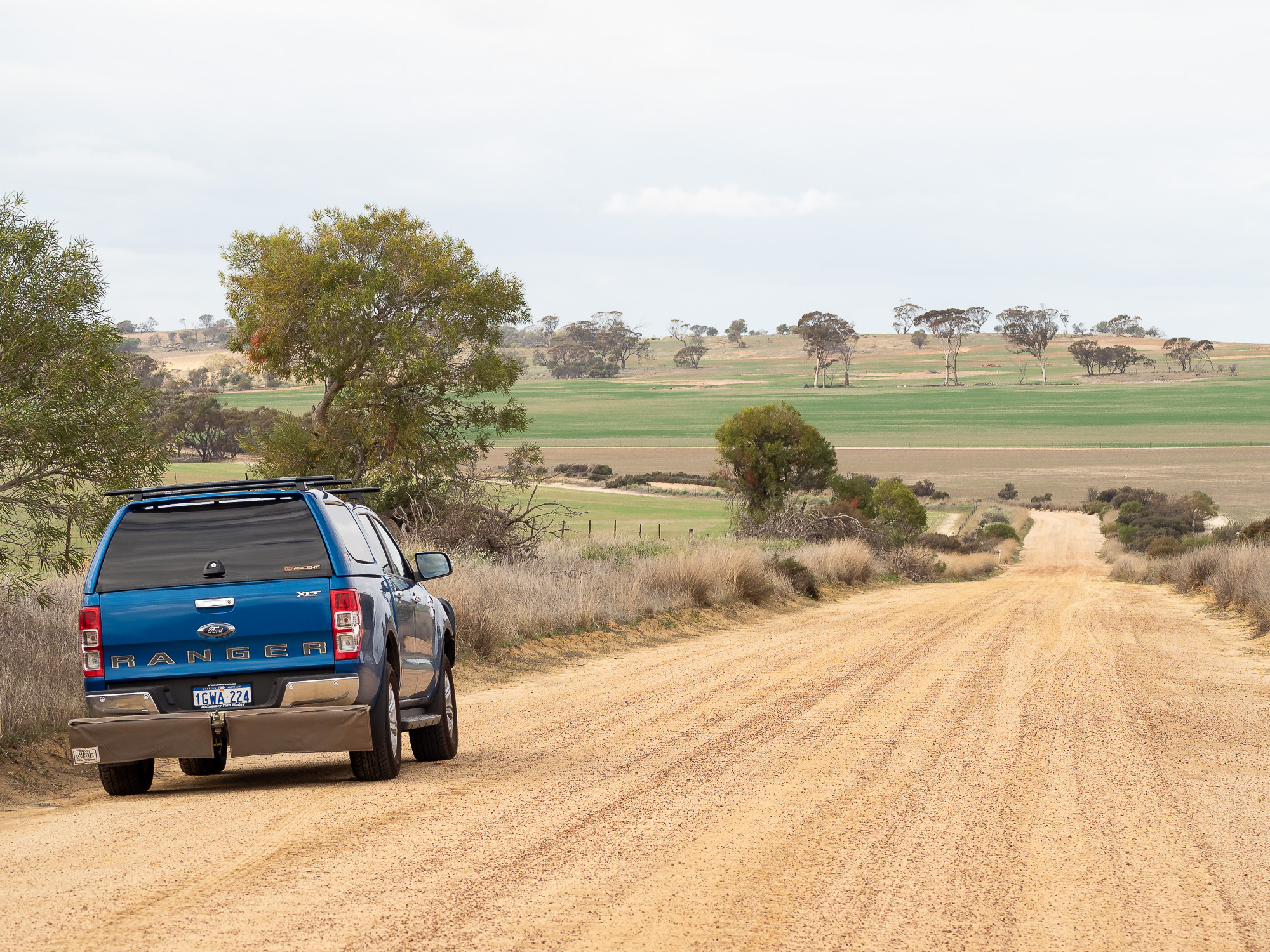
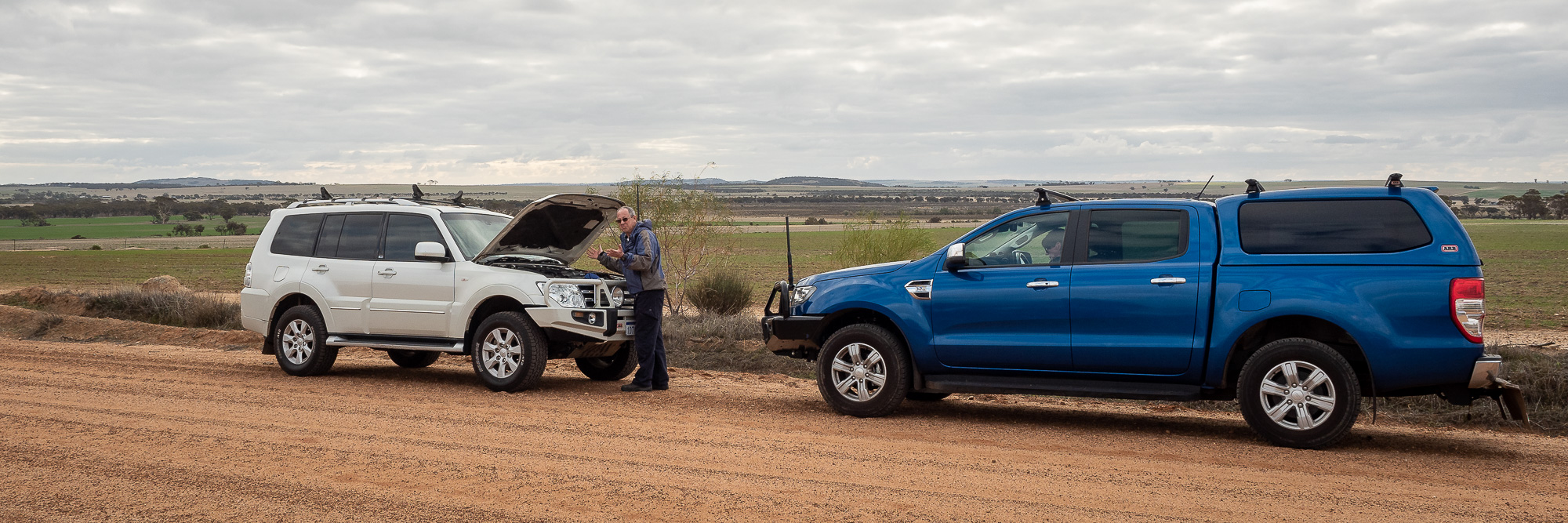
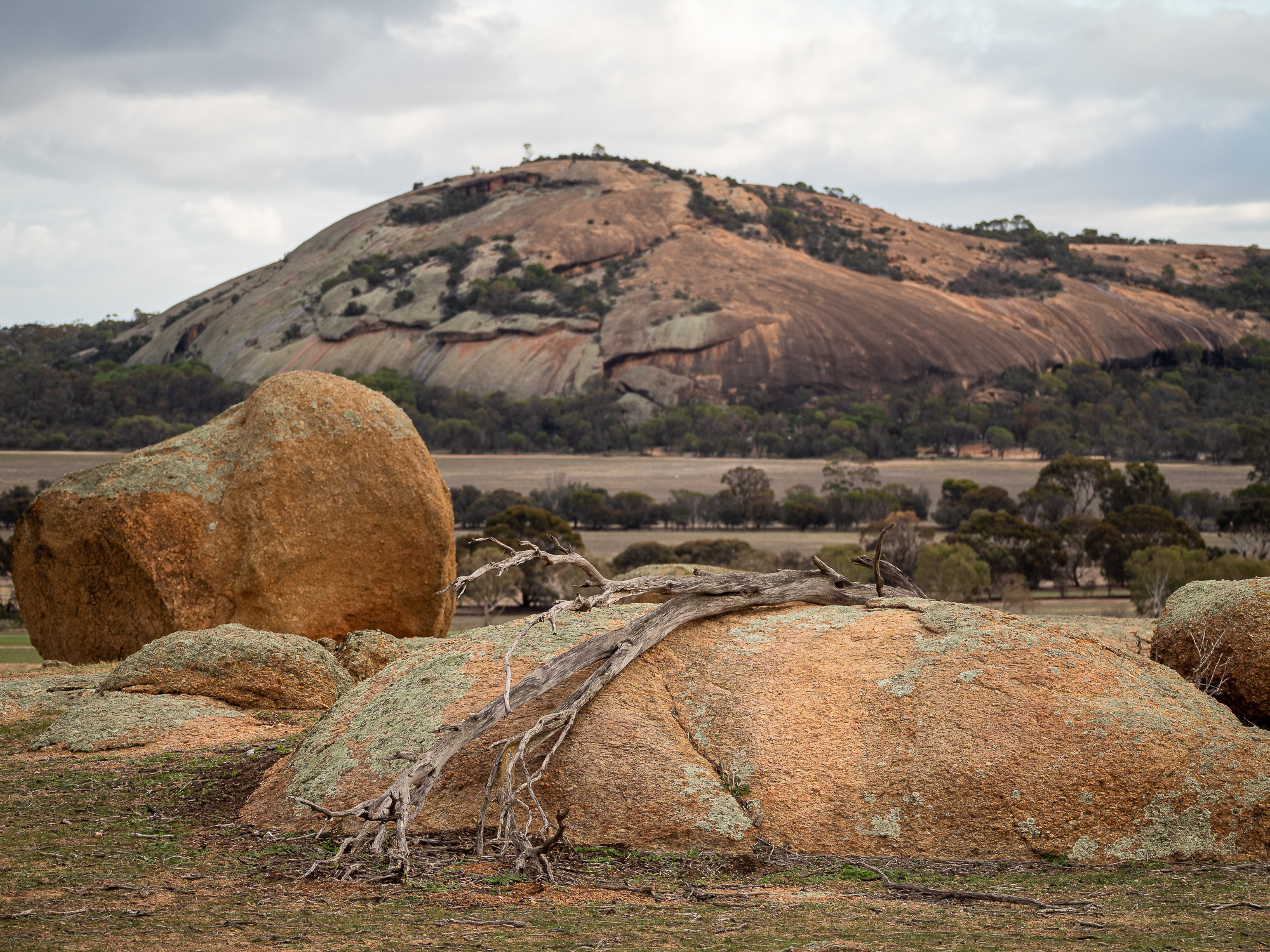
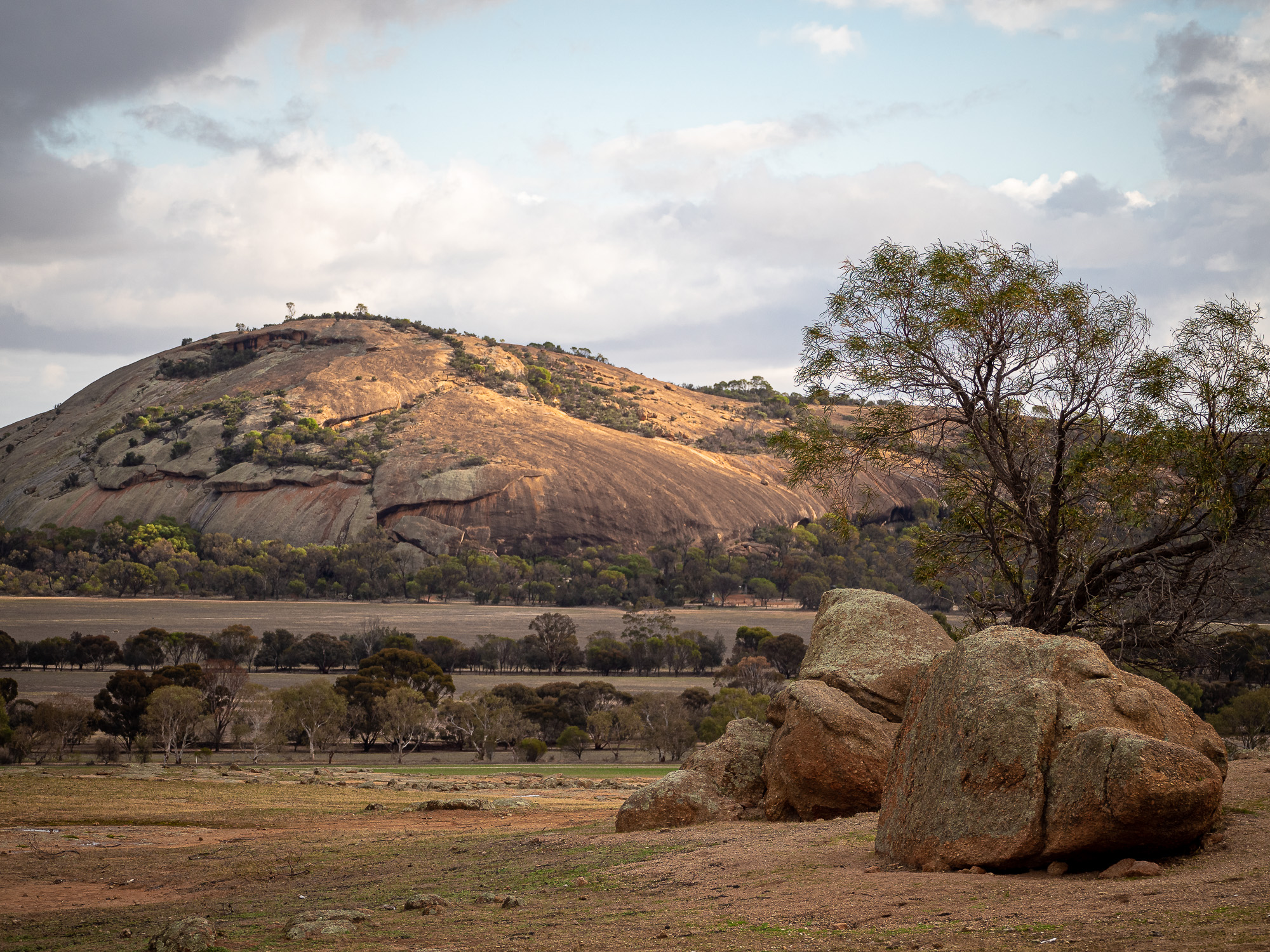
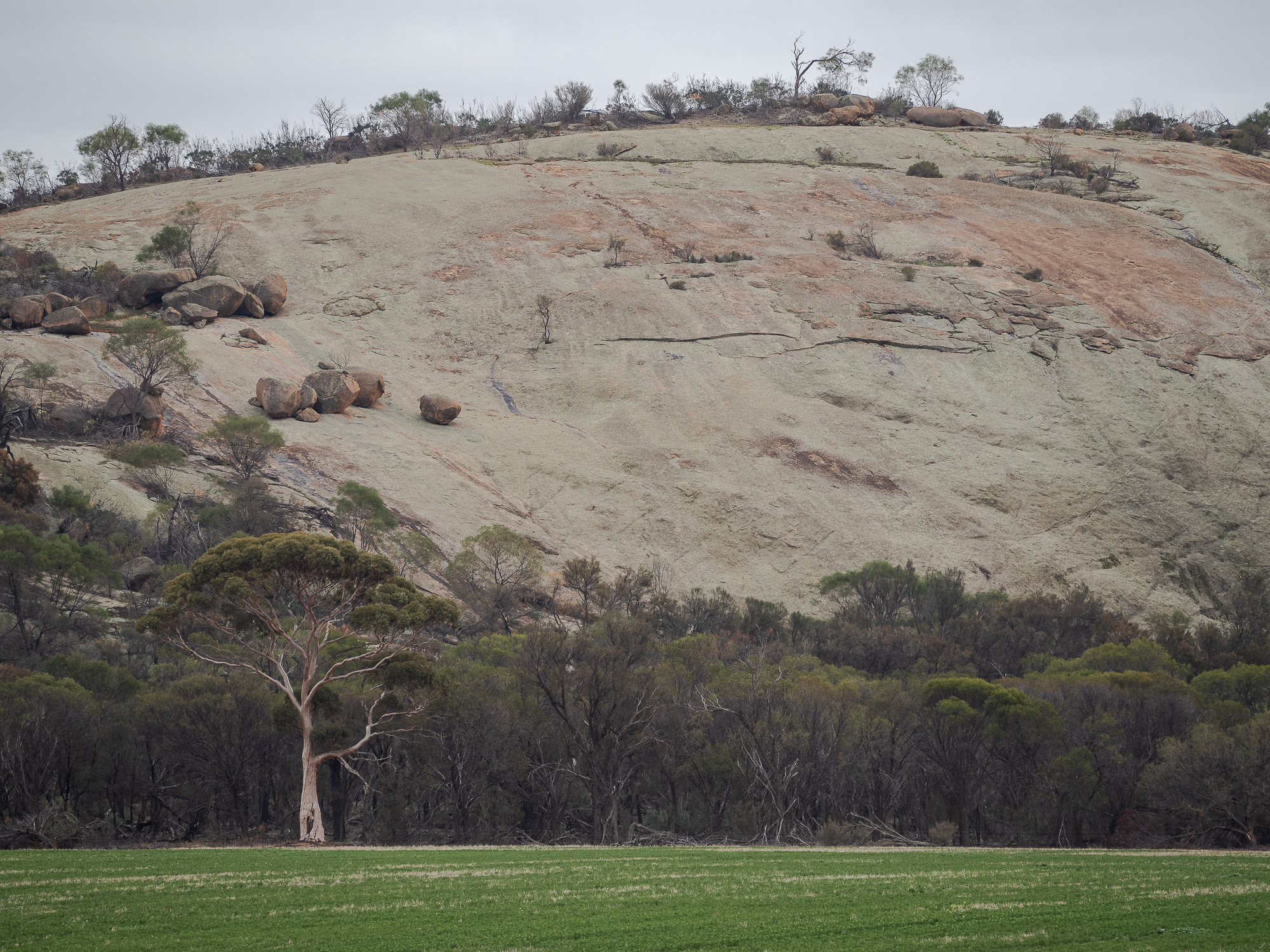
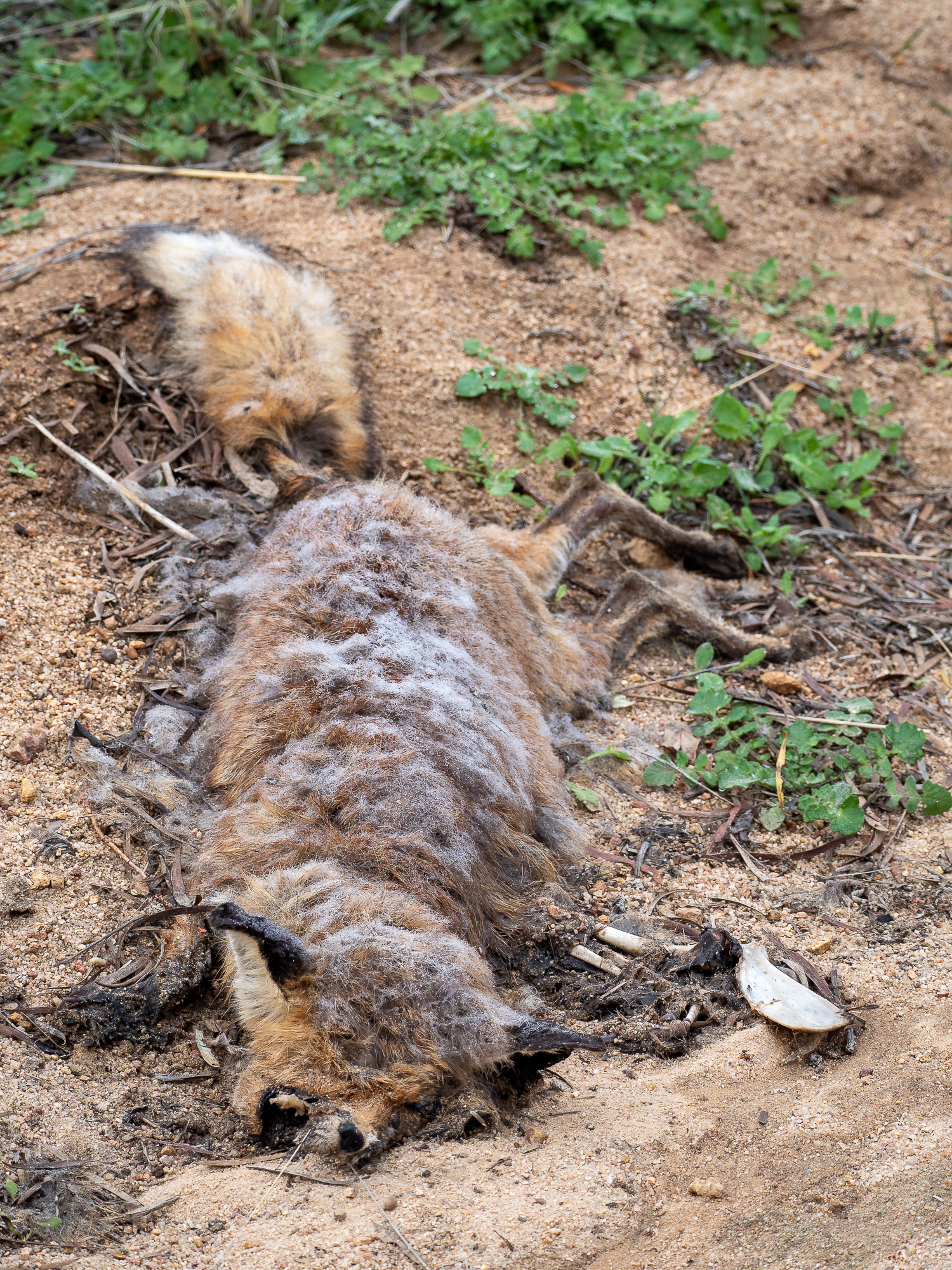
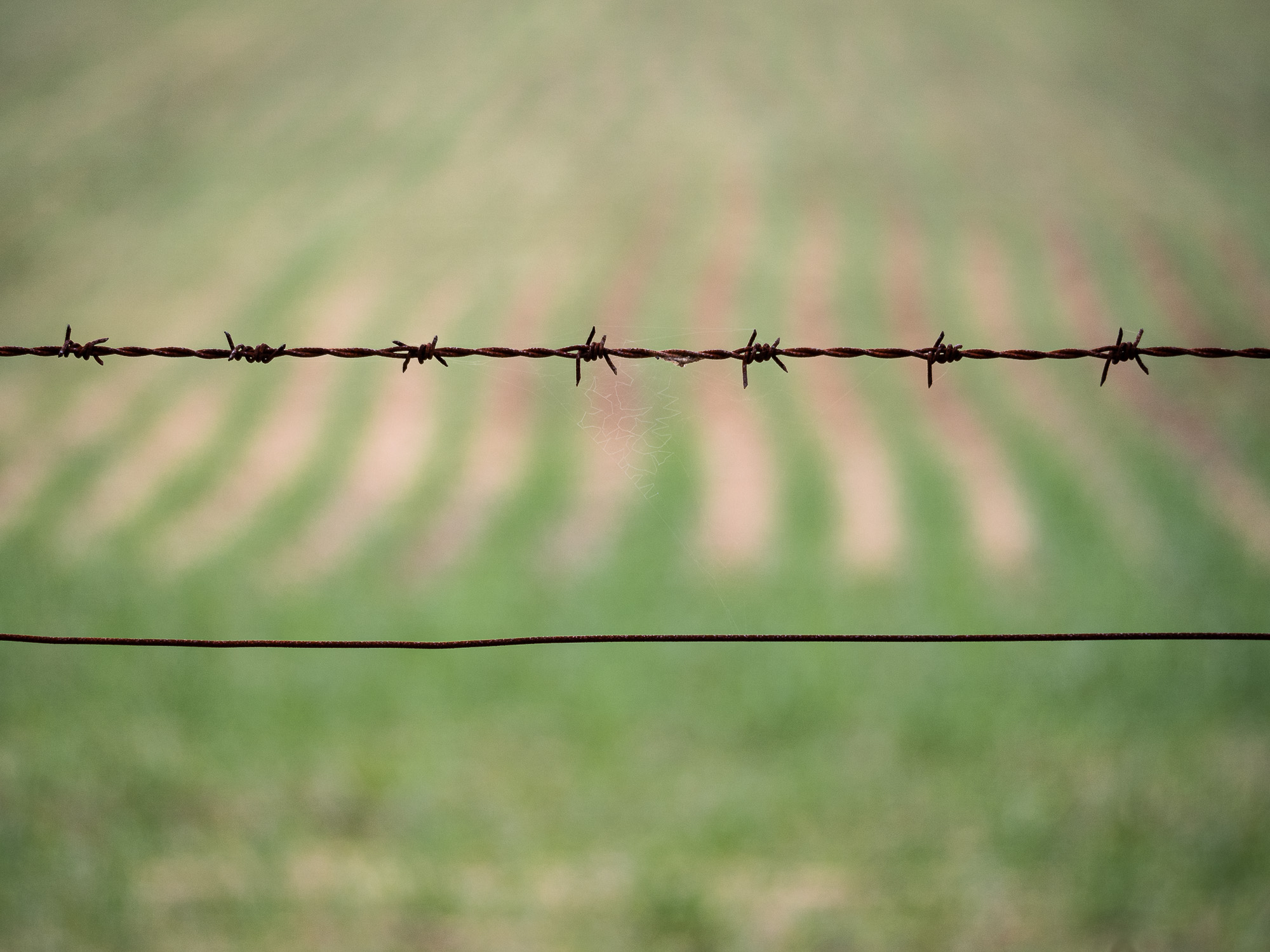
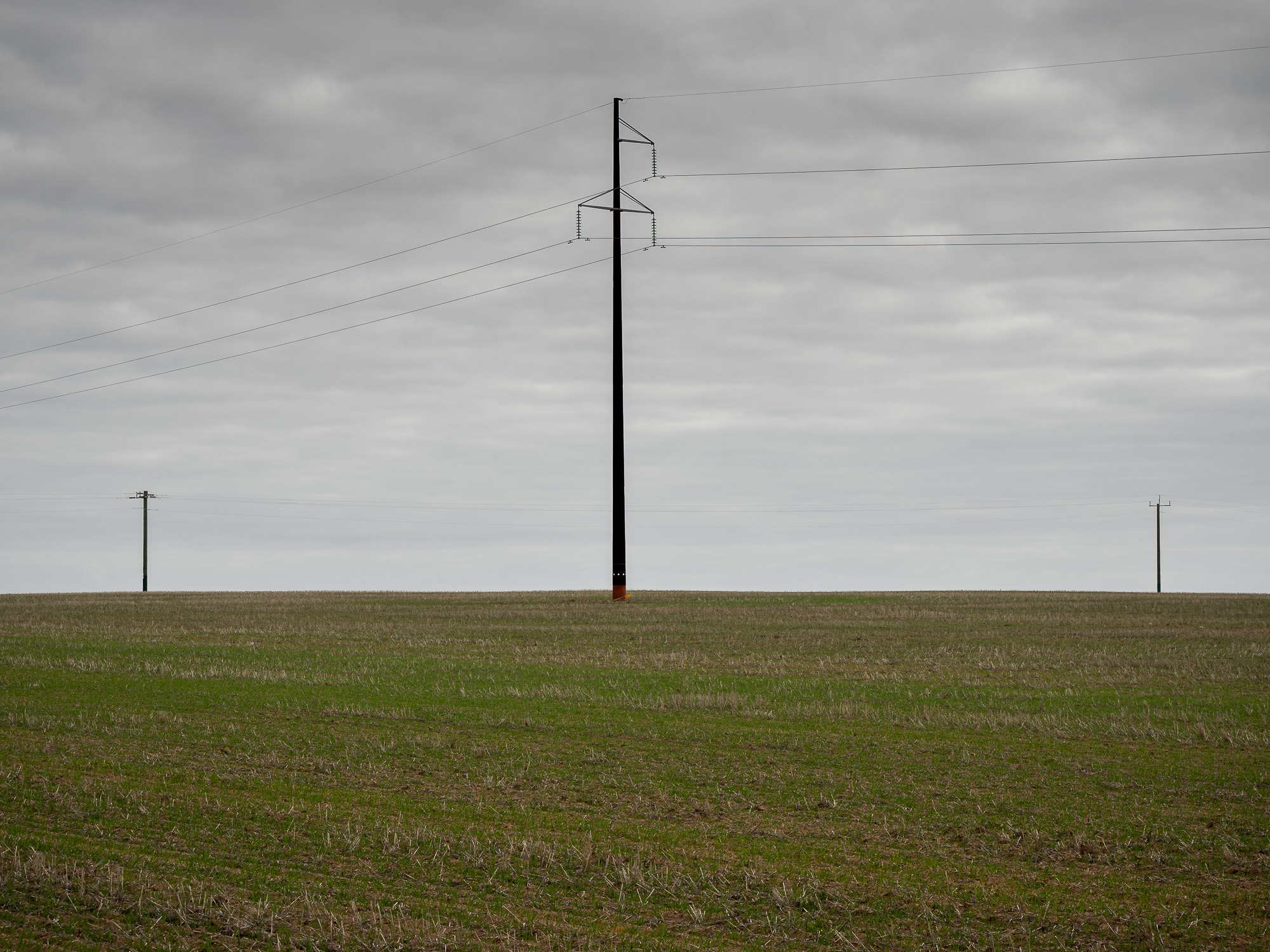
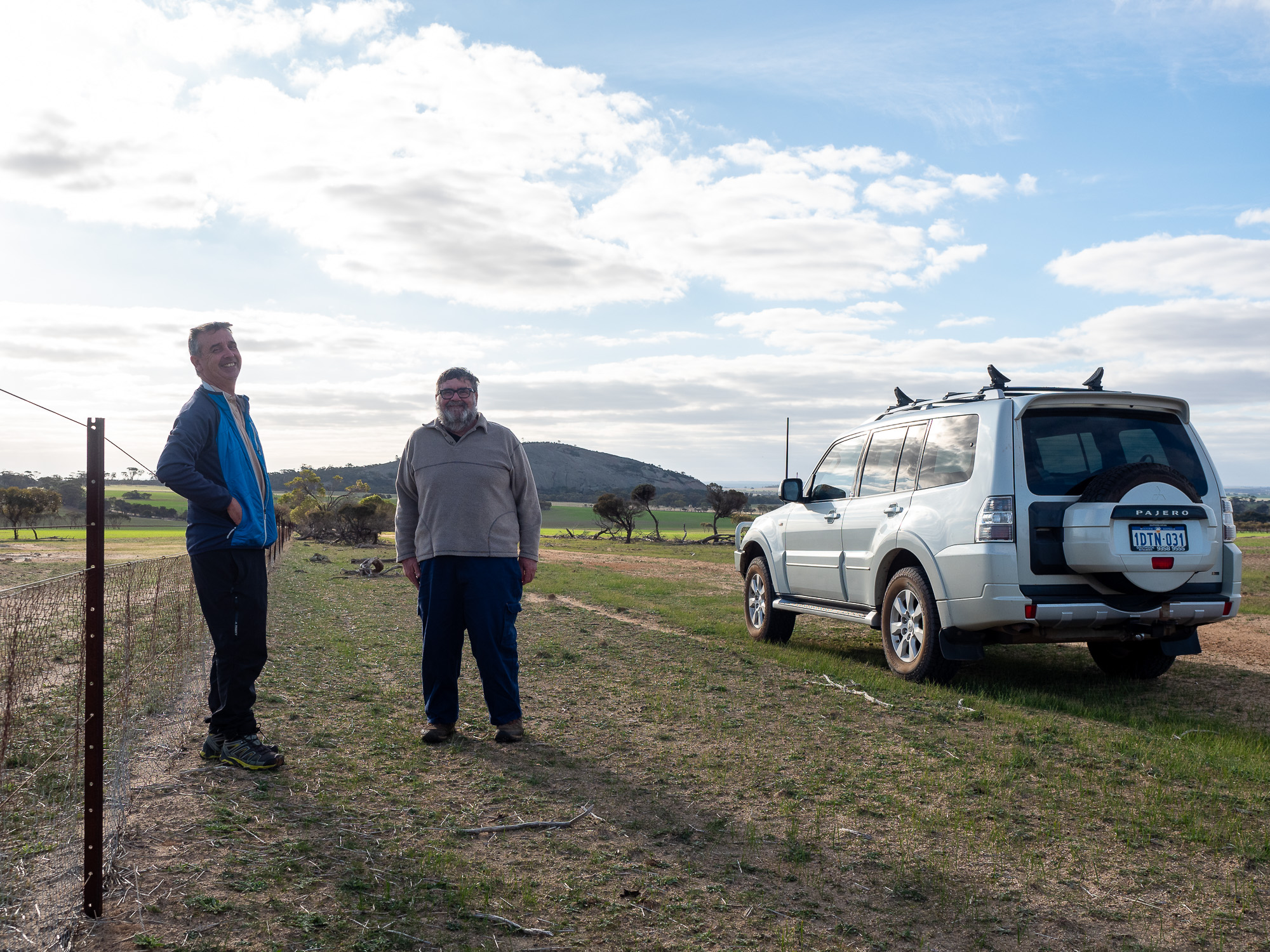
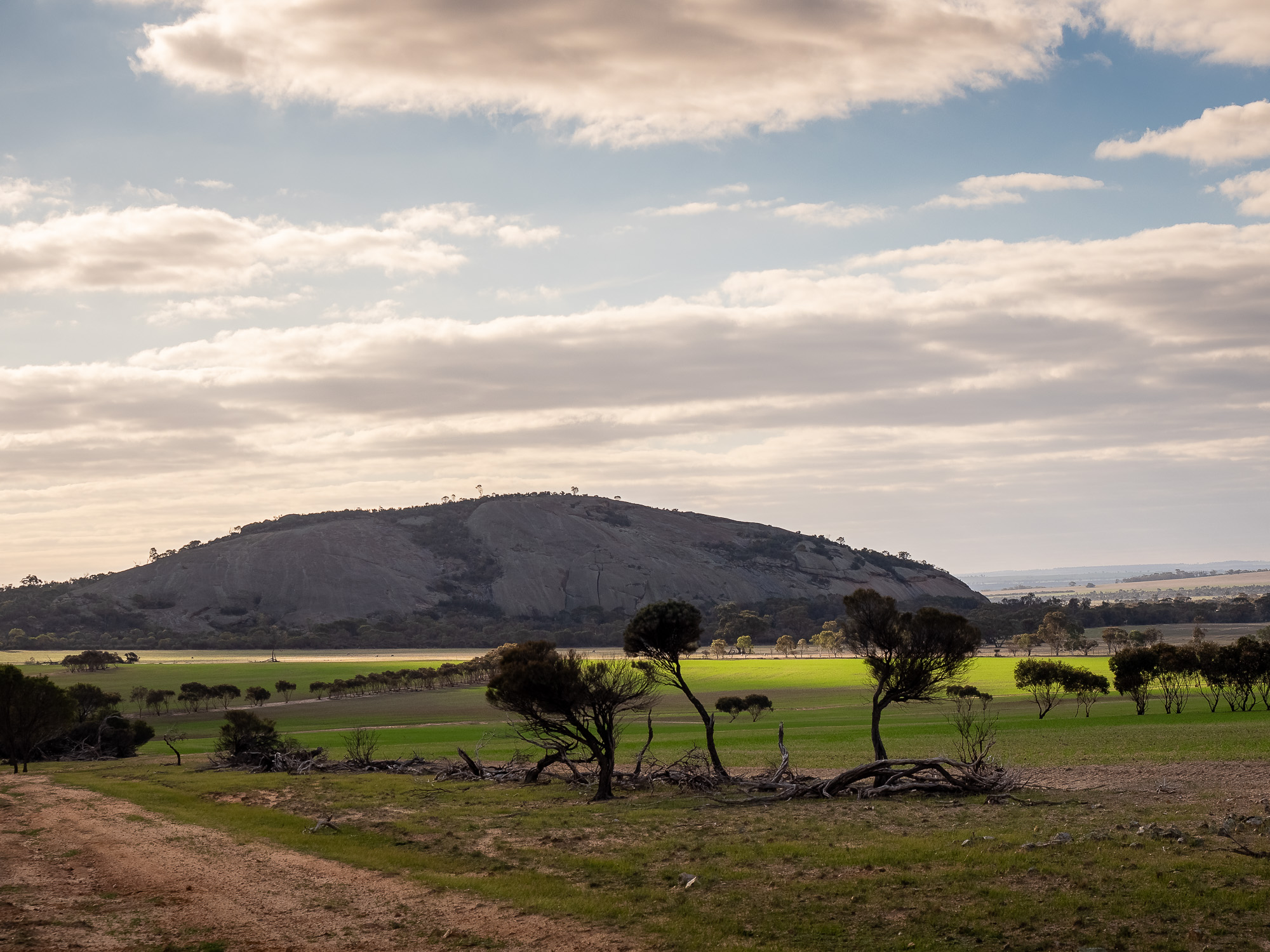
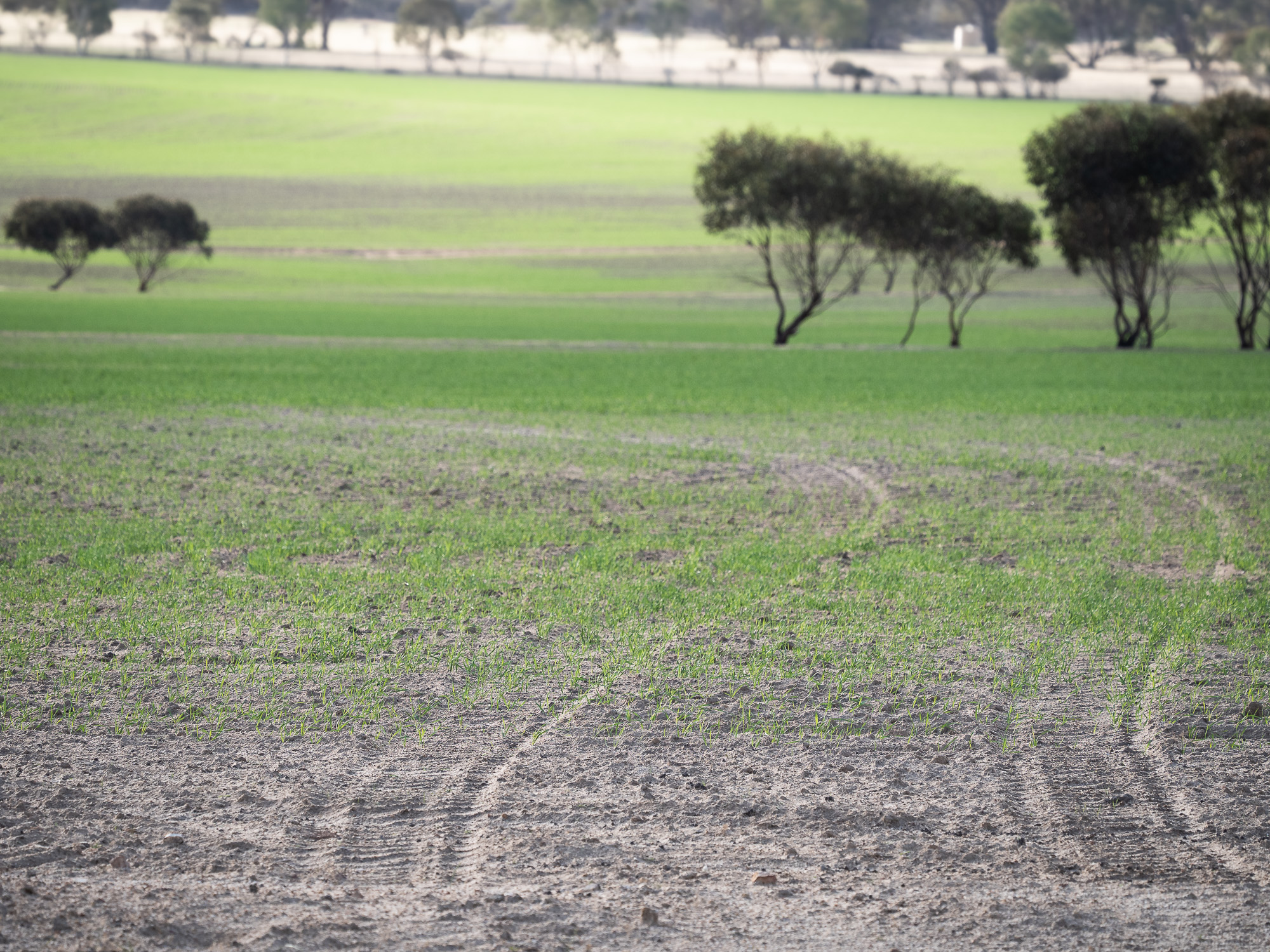
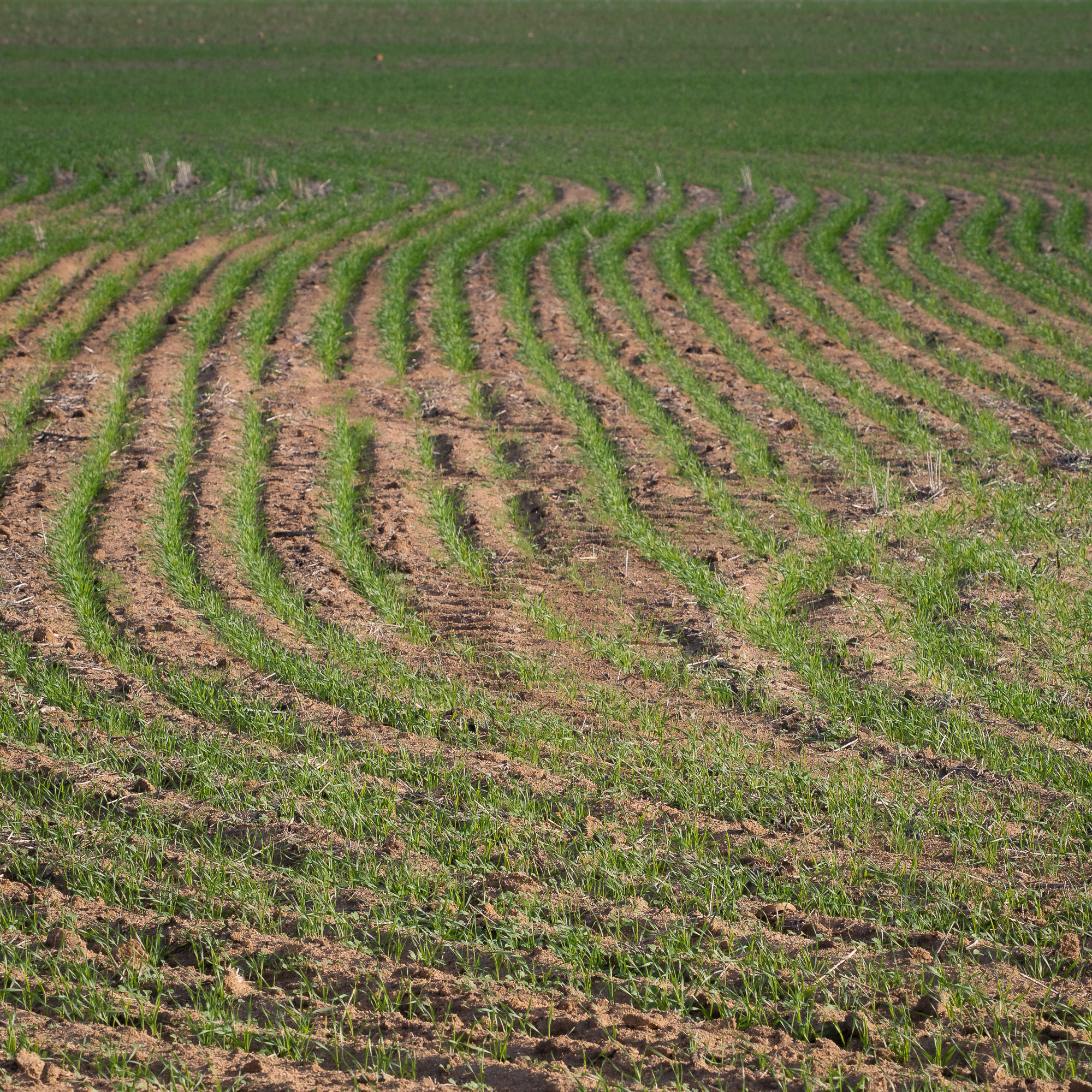
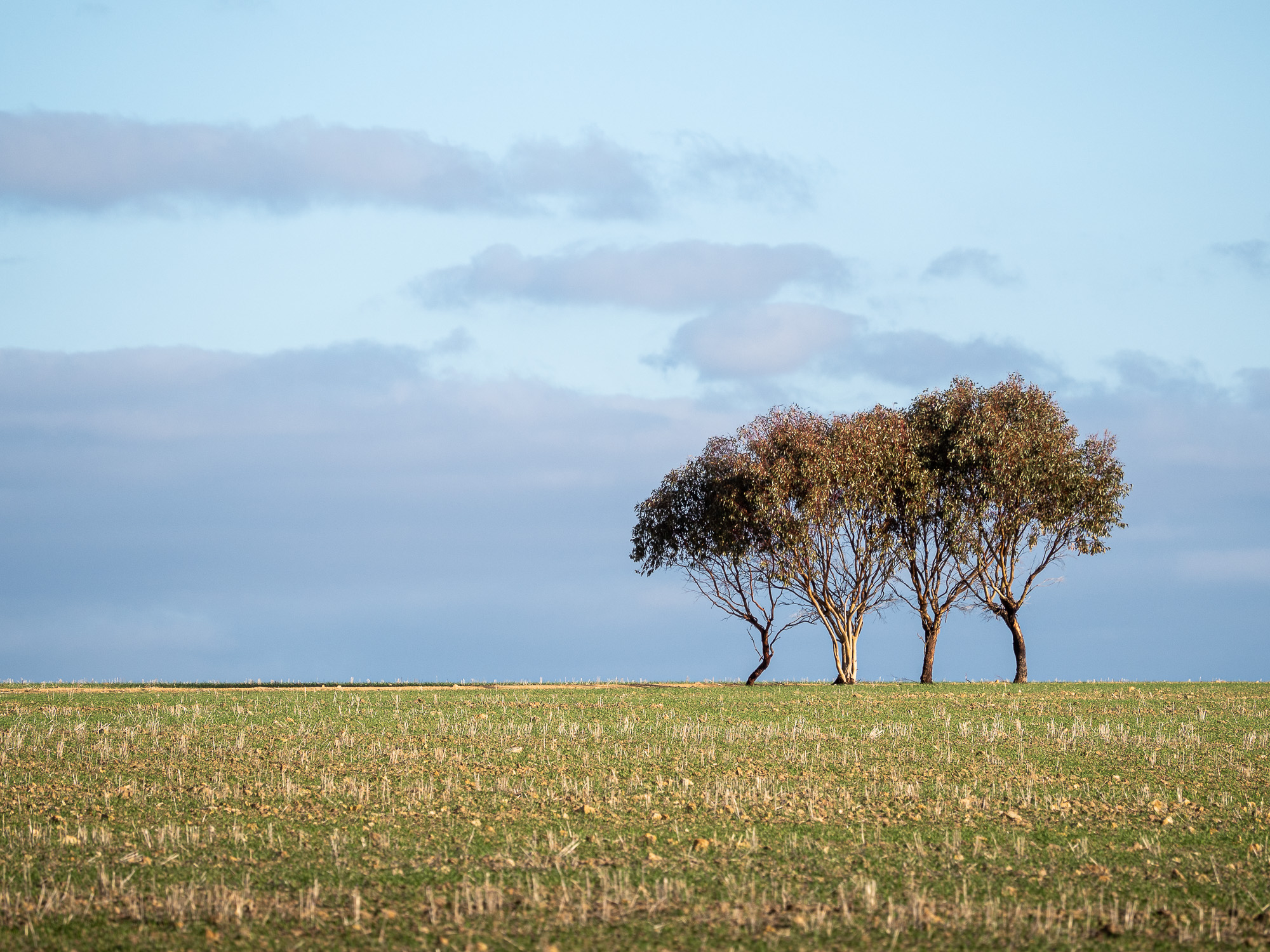
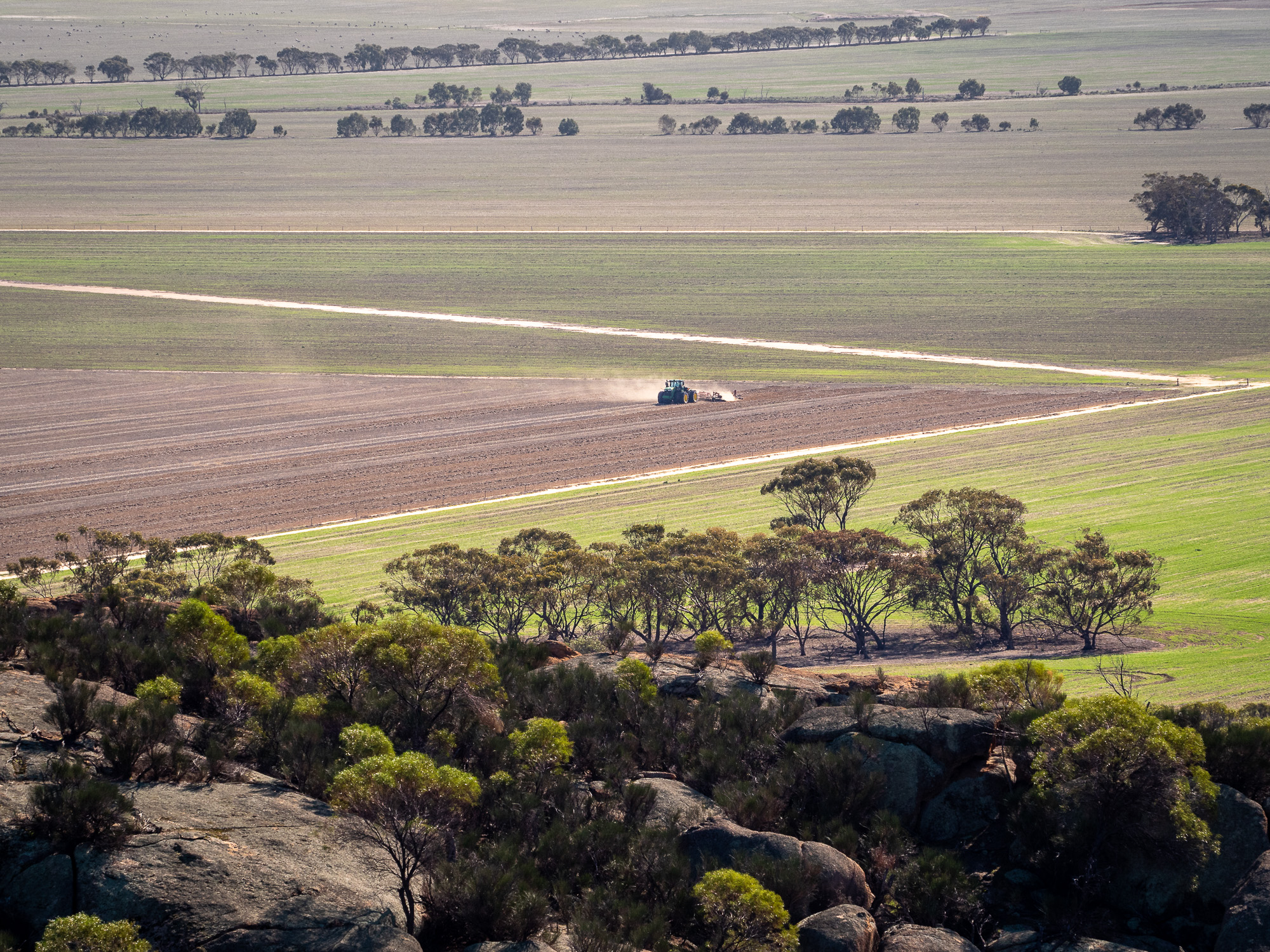
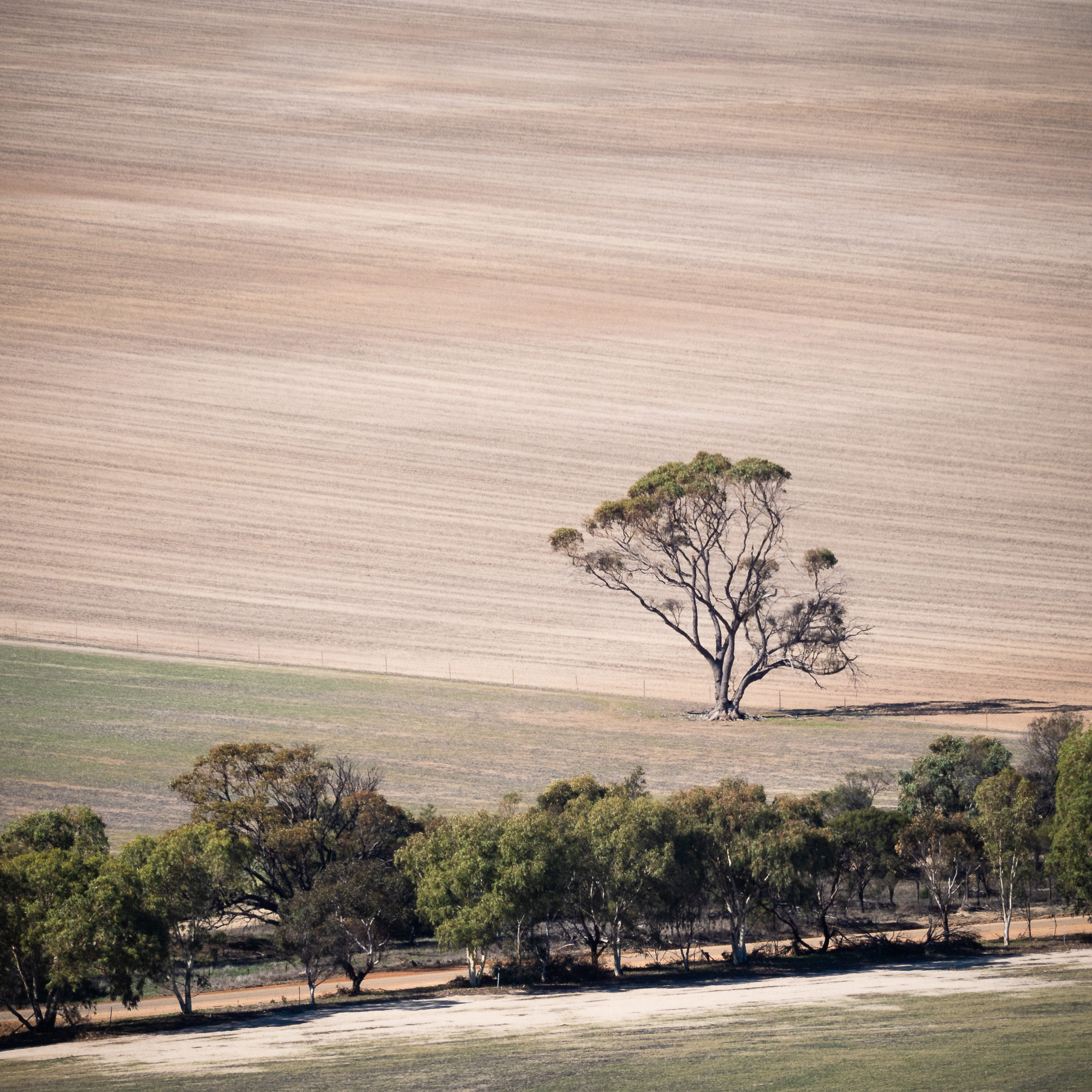
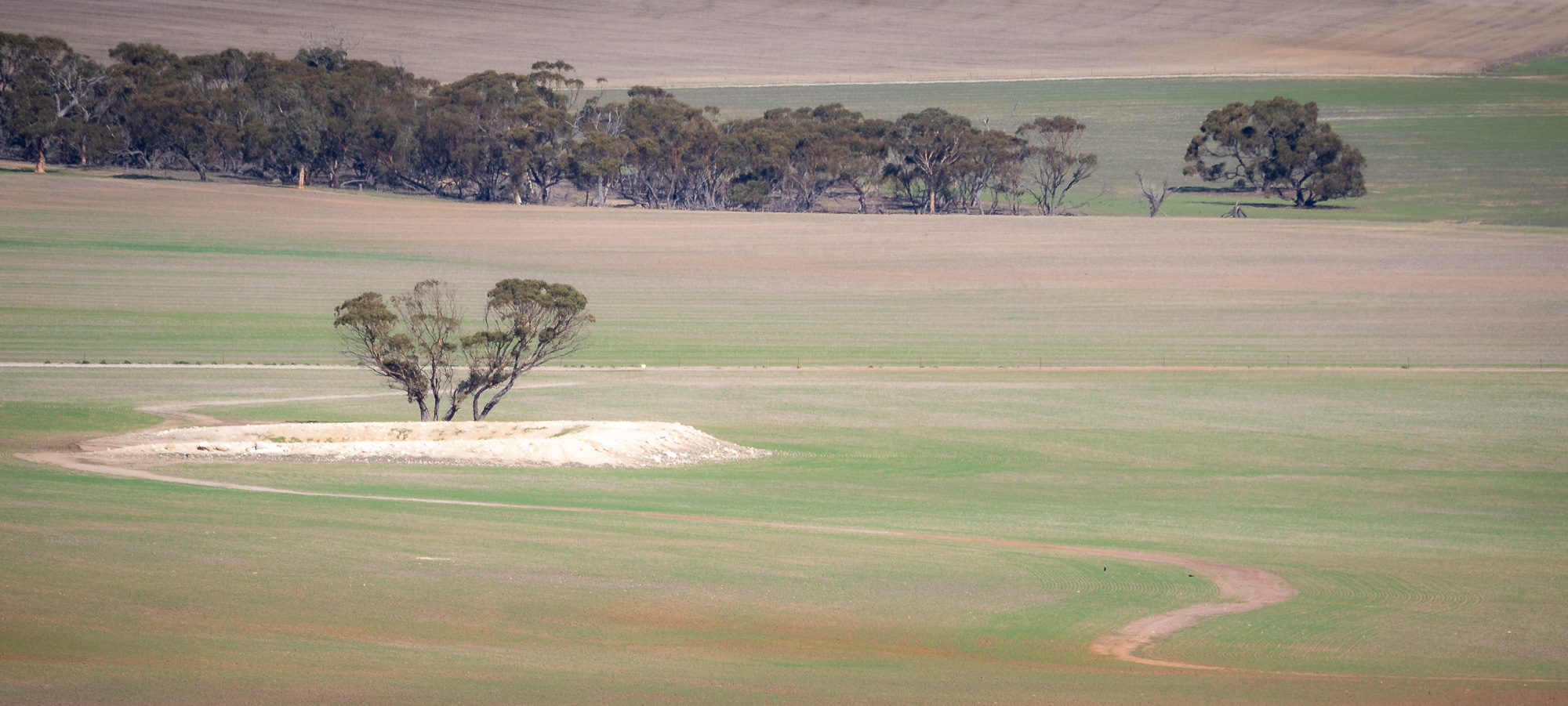
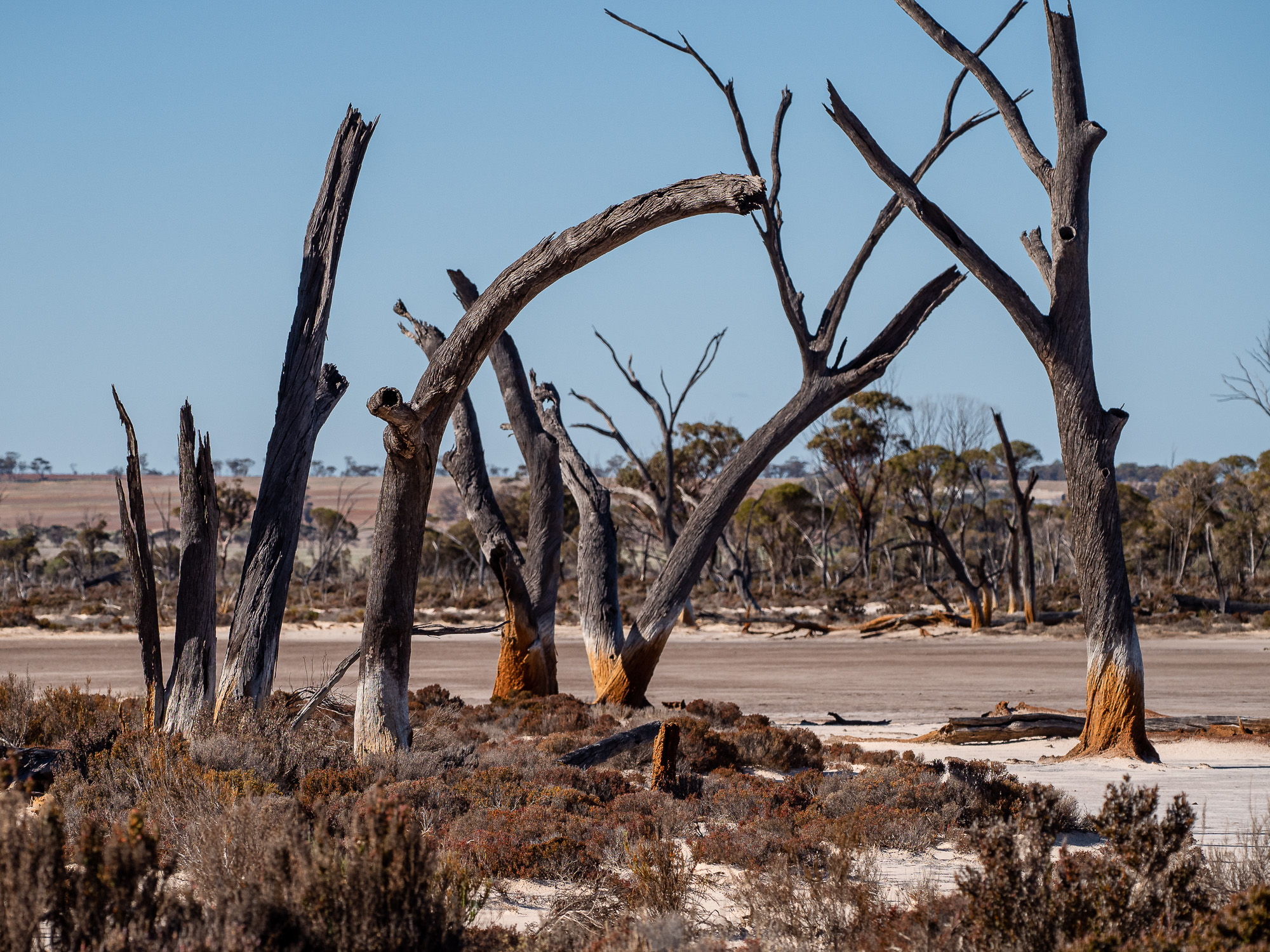
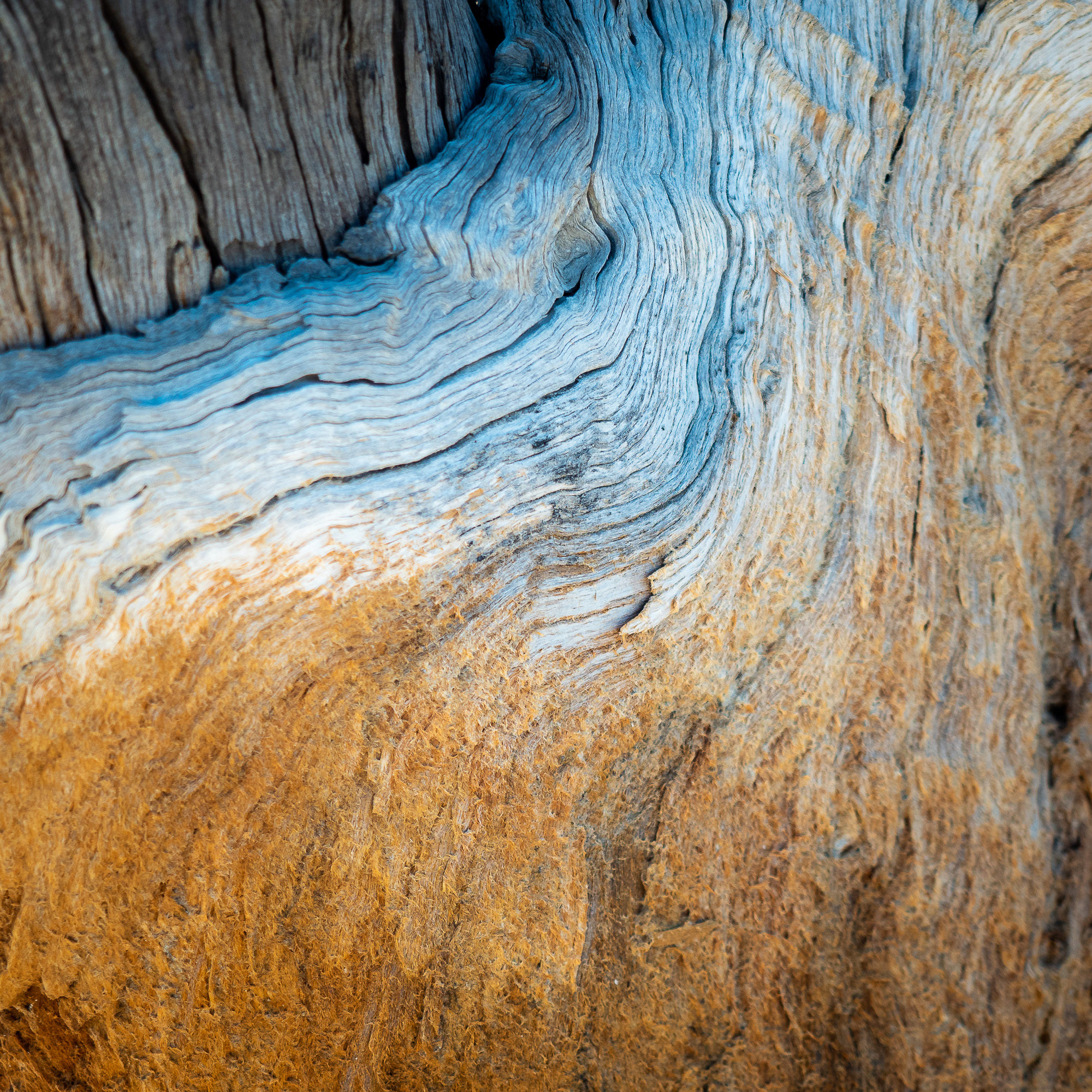
On the way back from Merredin we checked out the very sleepy town of Bruce Rock, where everything looked to be closed, and also visited Shackleton which lays claim to having Australia’s smallest bank. At only 3 x 4m’s in size, it’s essentially a single person desk where a clerk and patron can interact. The sign on the door said the bank still operates for Bankwest for an hour and a half every Friday arvo!
Unfortunately, Rod had to head home on the Tuesday and with 20 to 40mm rain and strong winds forecast for the Wednesday we decided to make this our ‘driving day’. Despite the day starting out gloriously sunny and clear, by mid morning the wind had arrived and by mid afternoon so had the rain. From Kwolyin we again took the back roads through to visit the restored 1925 Ardath pub, albeit from the outside only, before making our way out to Narembeen for morning tea. There was a bit of drama on arrival at Narembeen with BJ noticing some cabling dangling out the back of Owen’s caravan and dragging on the road. Luckily, on closer inspection it was found to be from the grey water tank float level wiring and had never been installed properly, just tucked up on top of the tank. So, after securing that we were off again, this time well and truely battling the strong wind which was blowing up a fog like dust cloud made up of the farmers recently tilled topsoil. A quick re-provisioning stop in Narrogin for an extra blanket saw us arriving at a favourite site of our ours, the Congelin Campground in the Dryandra Woodland.
Our arrival coincided perfectly with the torrential rain, but luckily our van sets up in minutes and I had Jules playing umbrella girl while I got things sorted. Whilst the rain did eventually let up, it was coming through all evening in fits and spurts so Wednesday night was spent in our respective vans. The rain was breaking up on Thursday morning and I (Tony) headed out for a bushwalk to look for Numbats and whatever else I could find to photograph, based on the advice of a local photographer I follow from Bunbury who regularly gets shots of Numbats and other Dryandra wildlife. Whilst walking the track I ran into a fellow hiking photographer and after a few minutes I realised I’d actually run into the aforementioed Numbat shooter extraordinar, @Loz88Woz! Check out his fantastic pics on Instagram. It was great to actually meet him and after a good chat we proceeded on our separate ways, he chasing birds and me the elusive Numbat, which I failed to see this time..
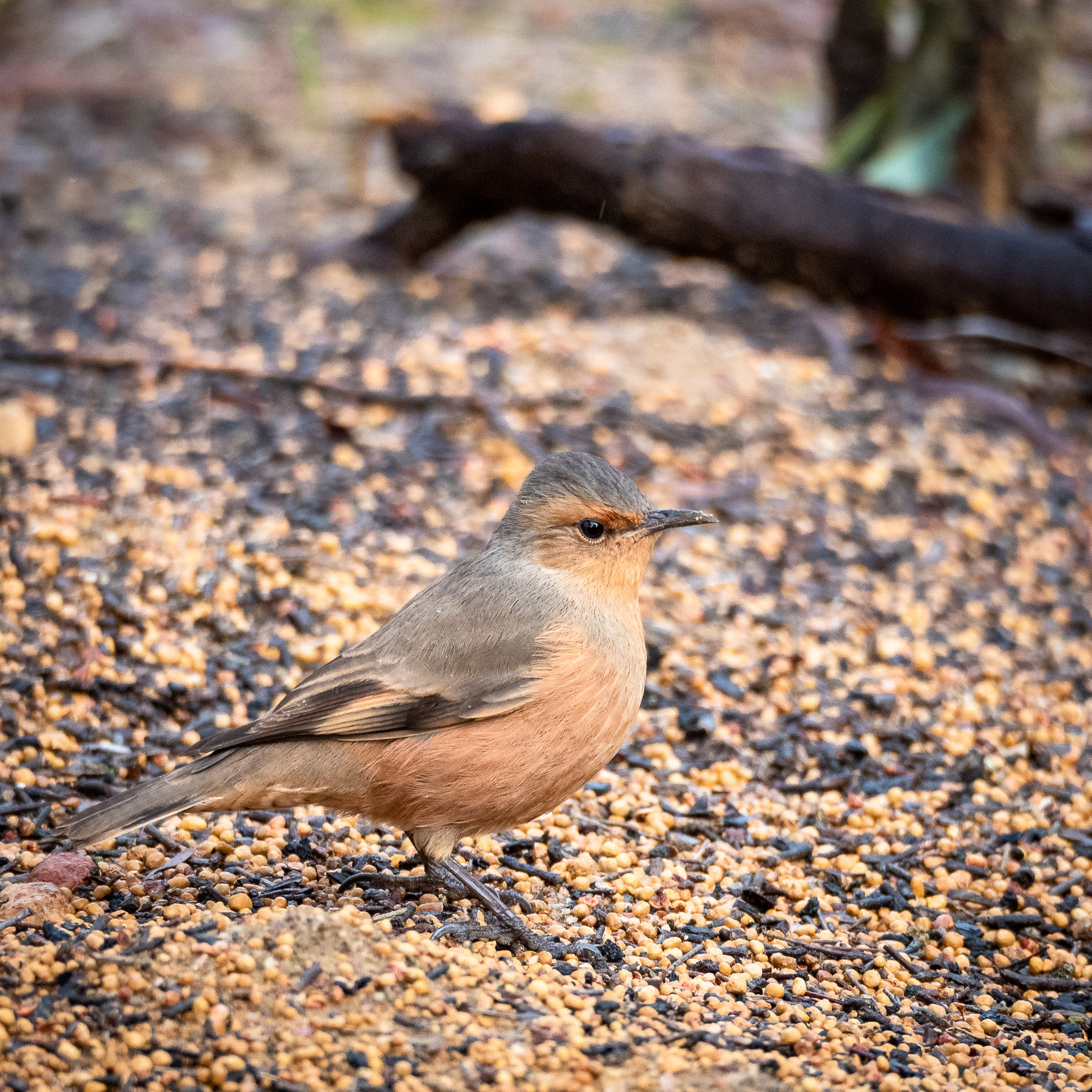
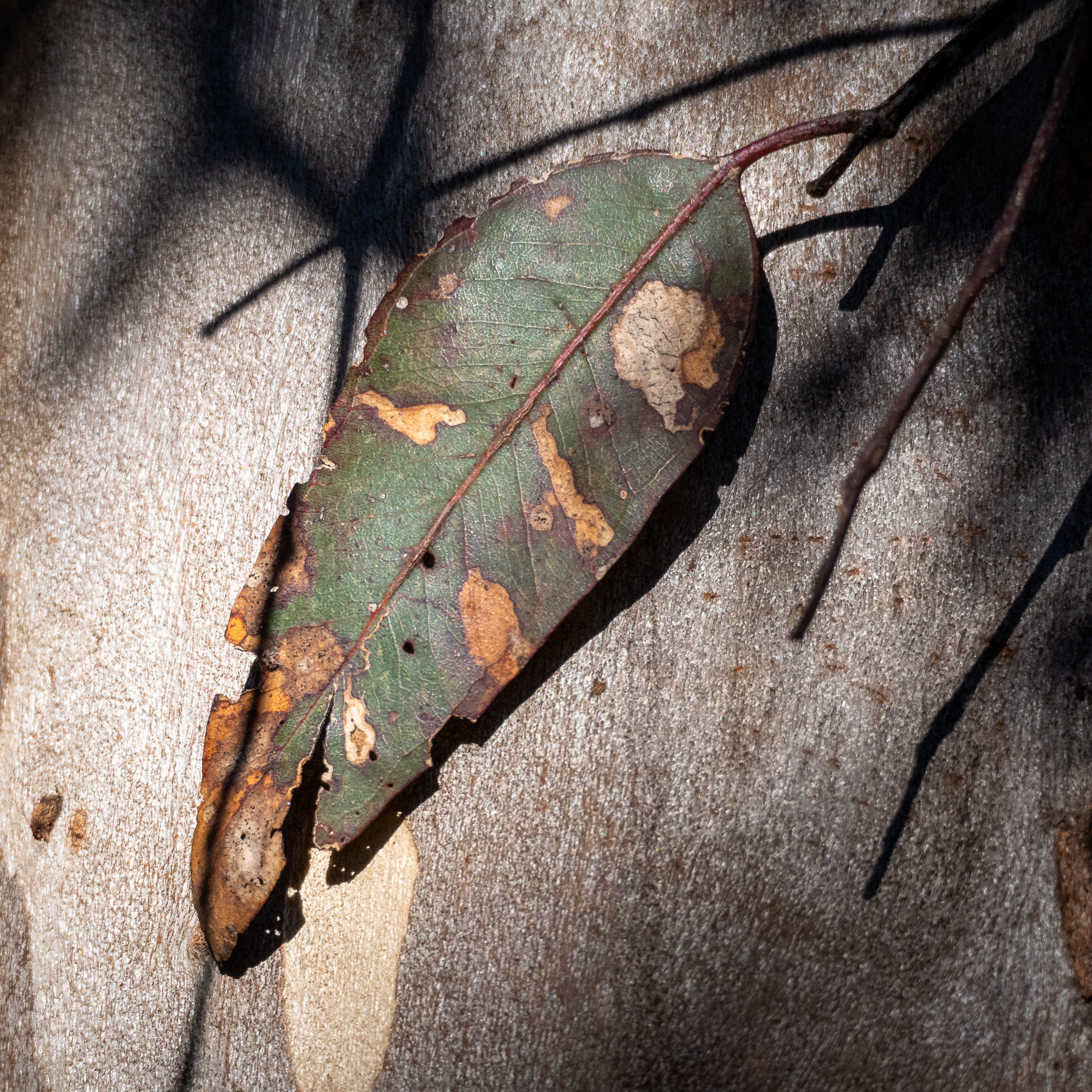
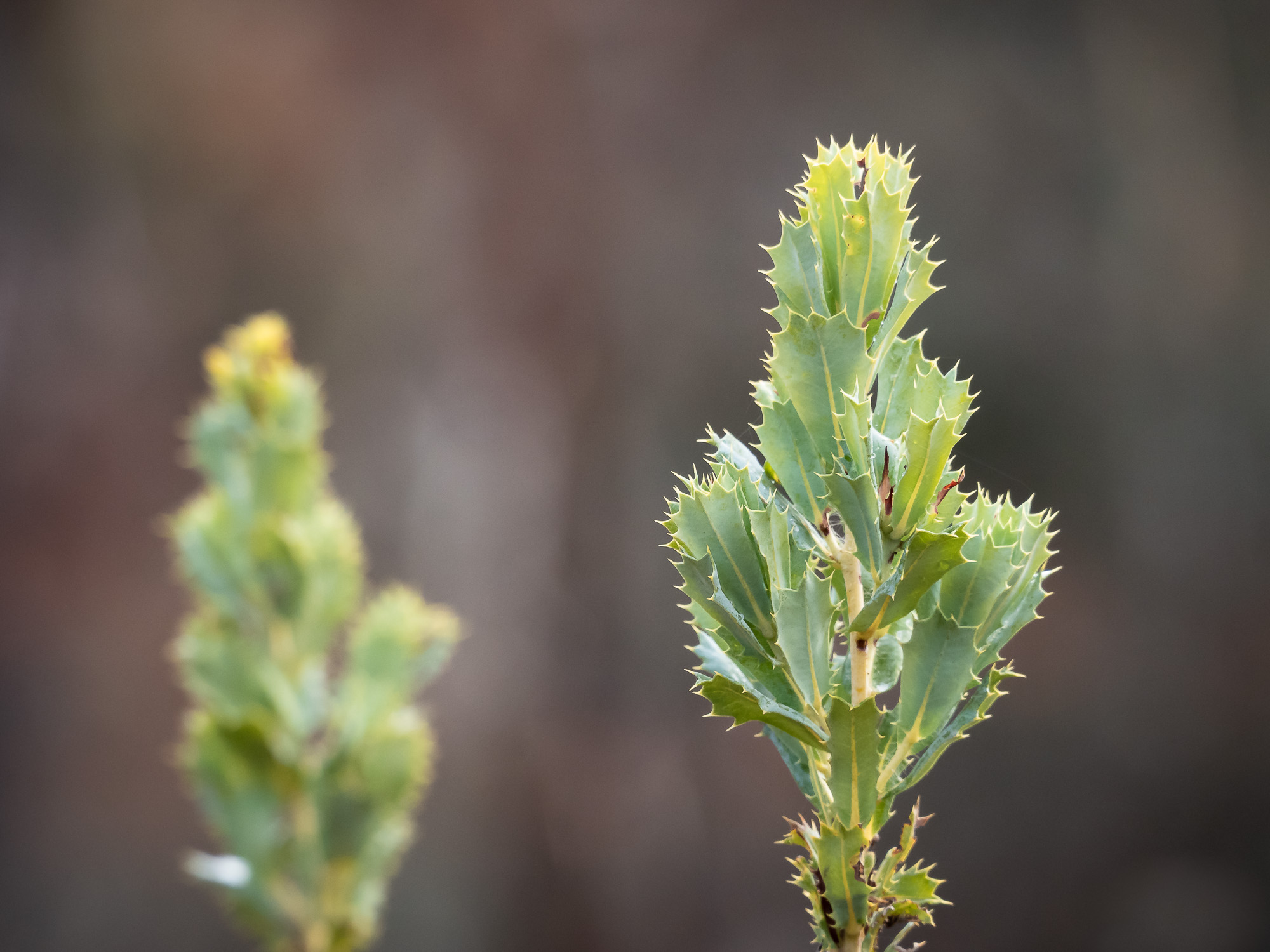
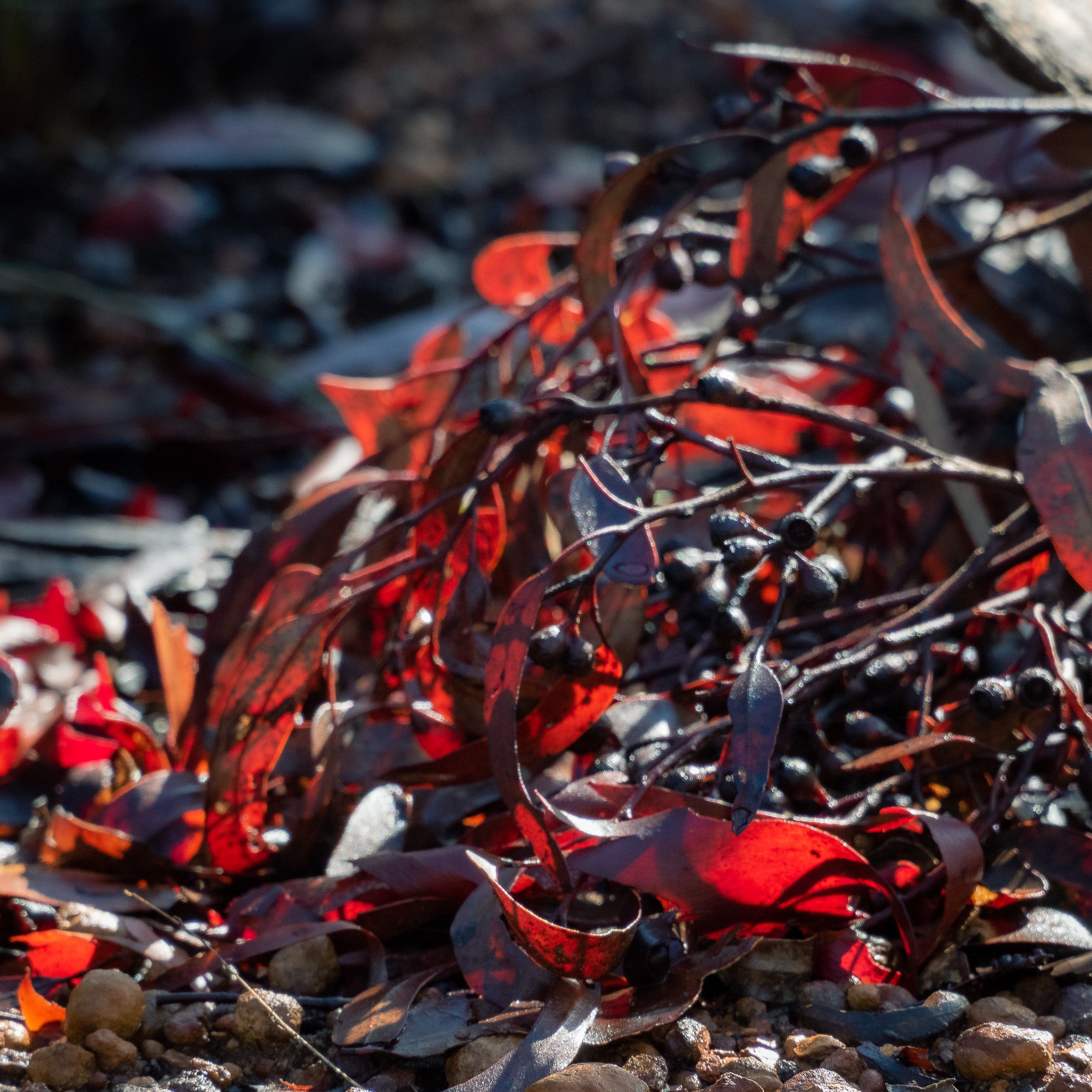
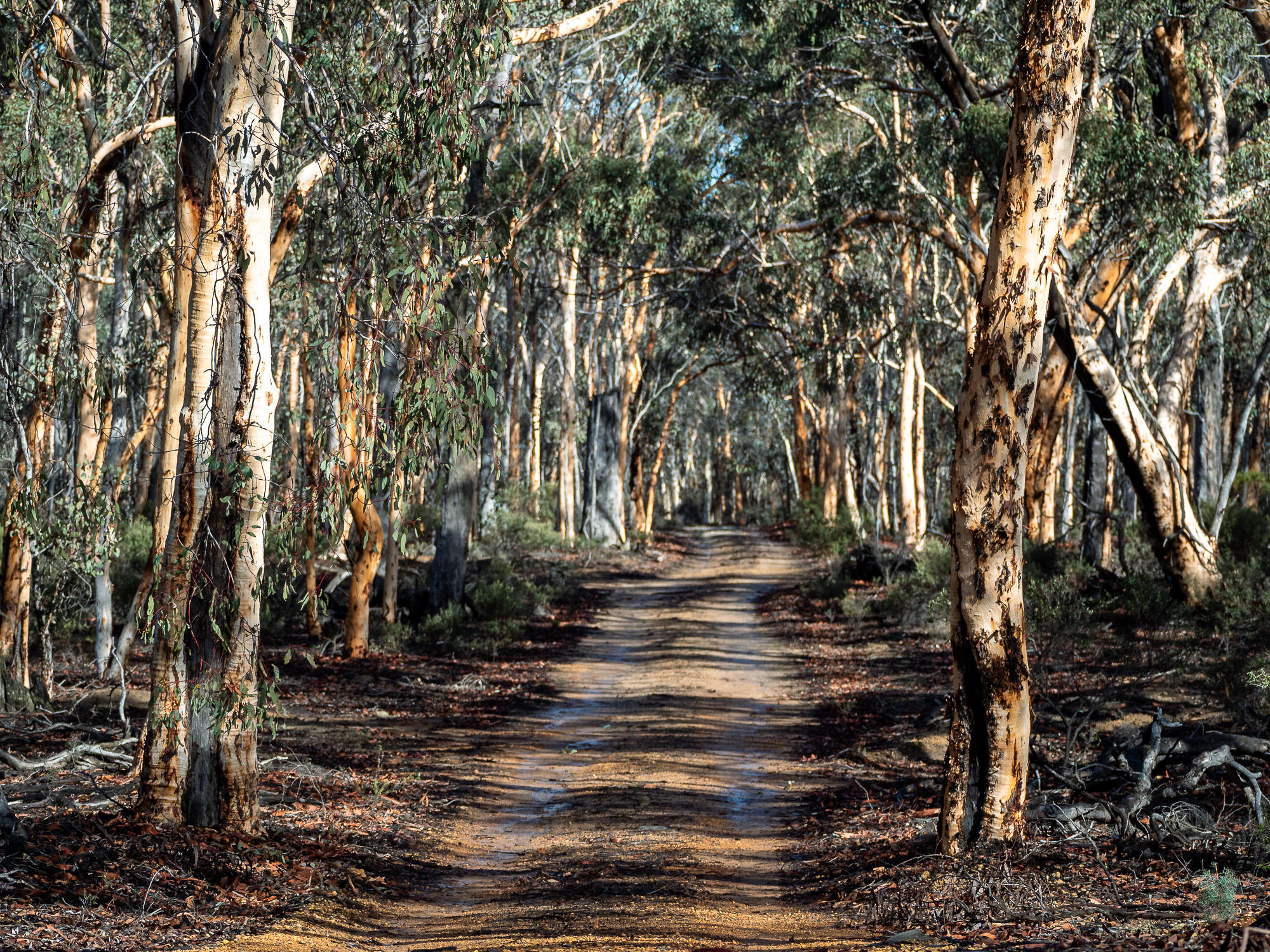
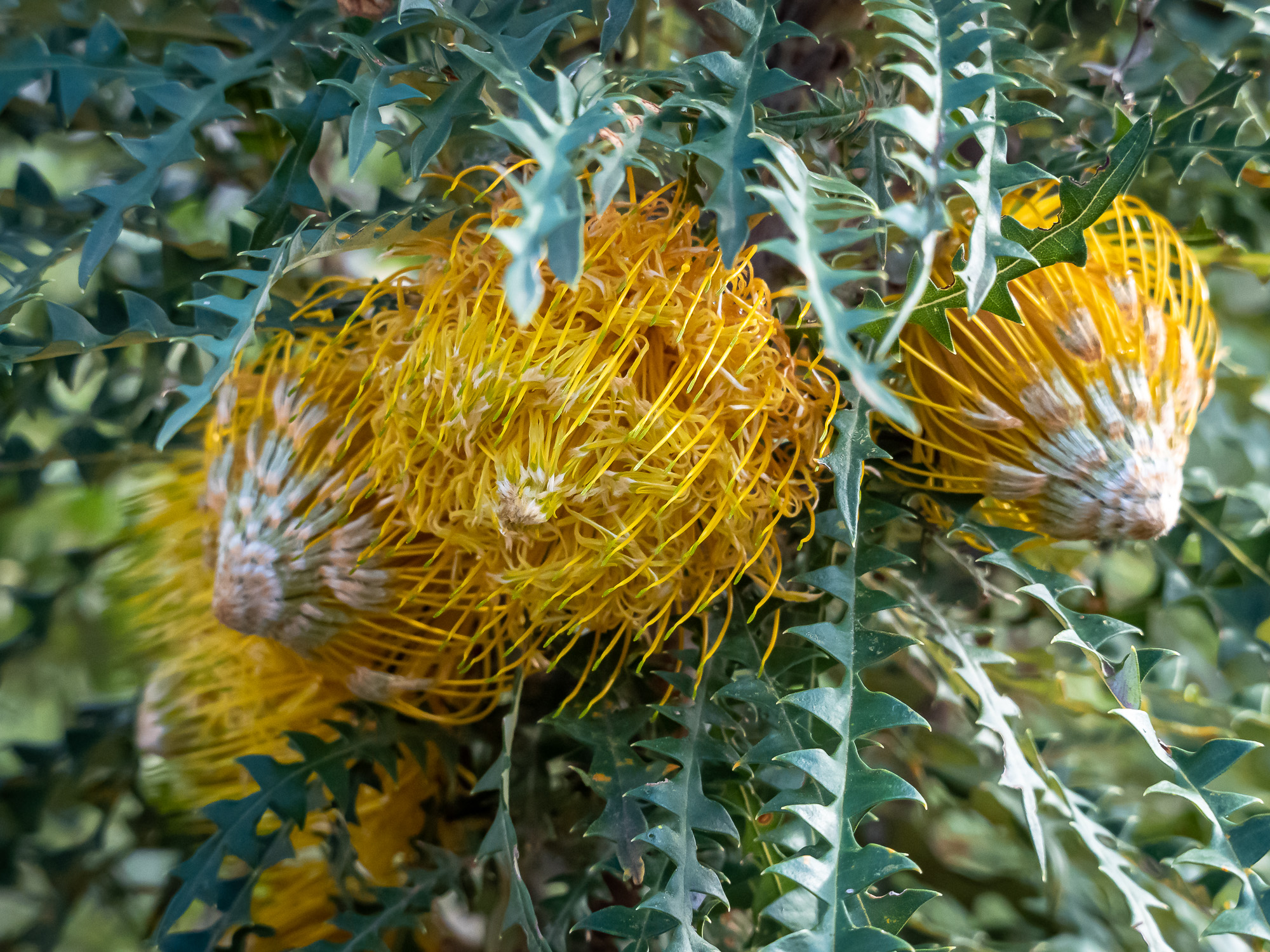
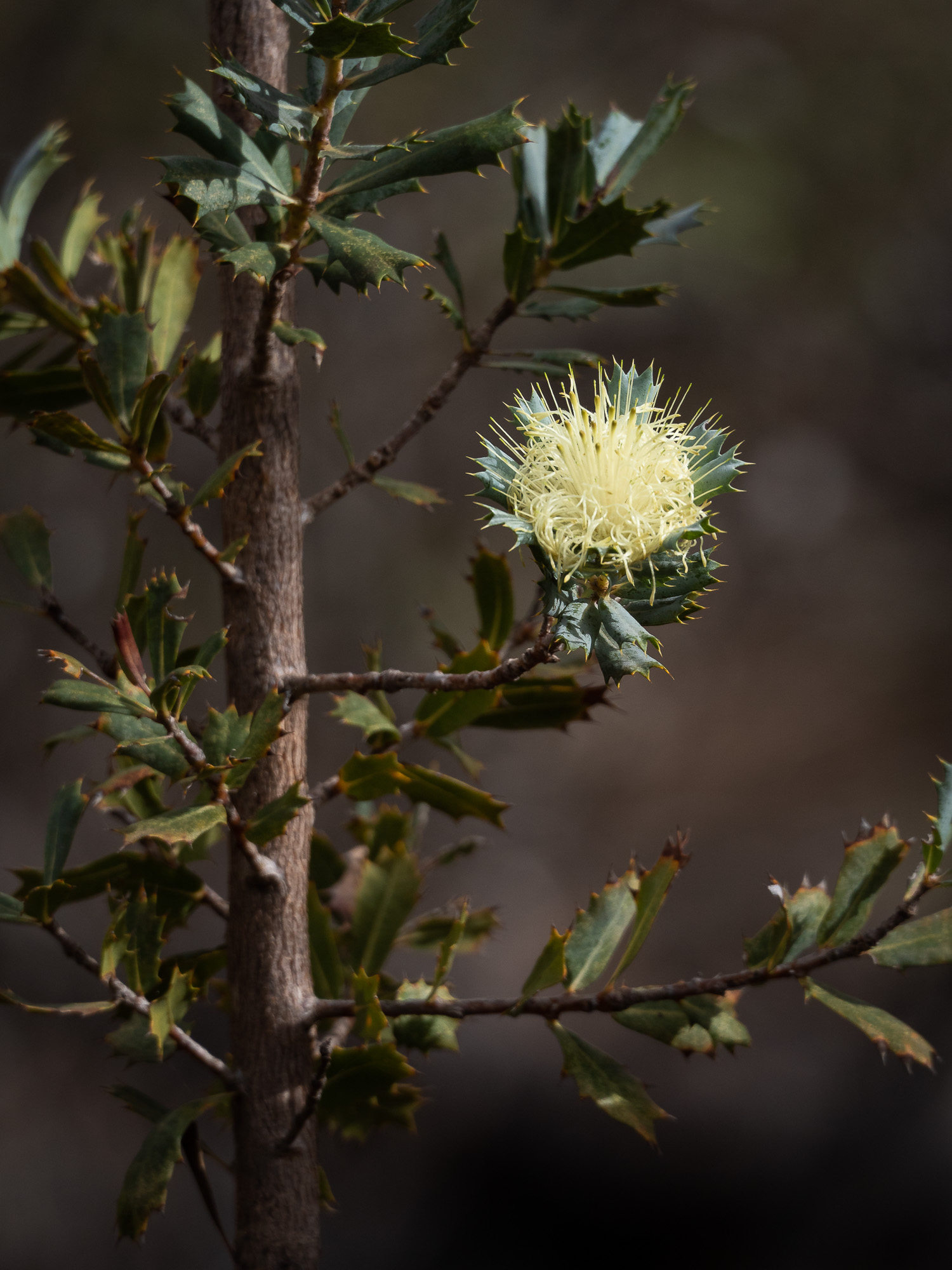
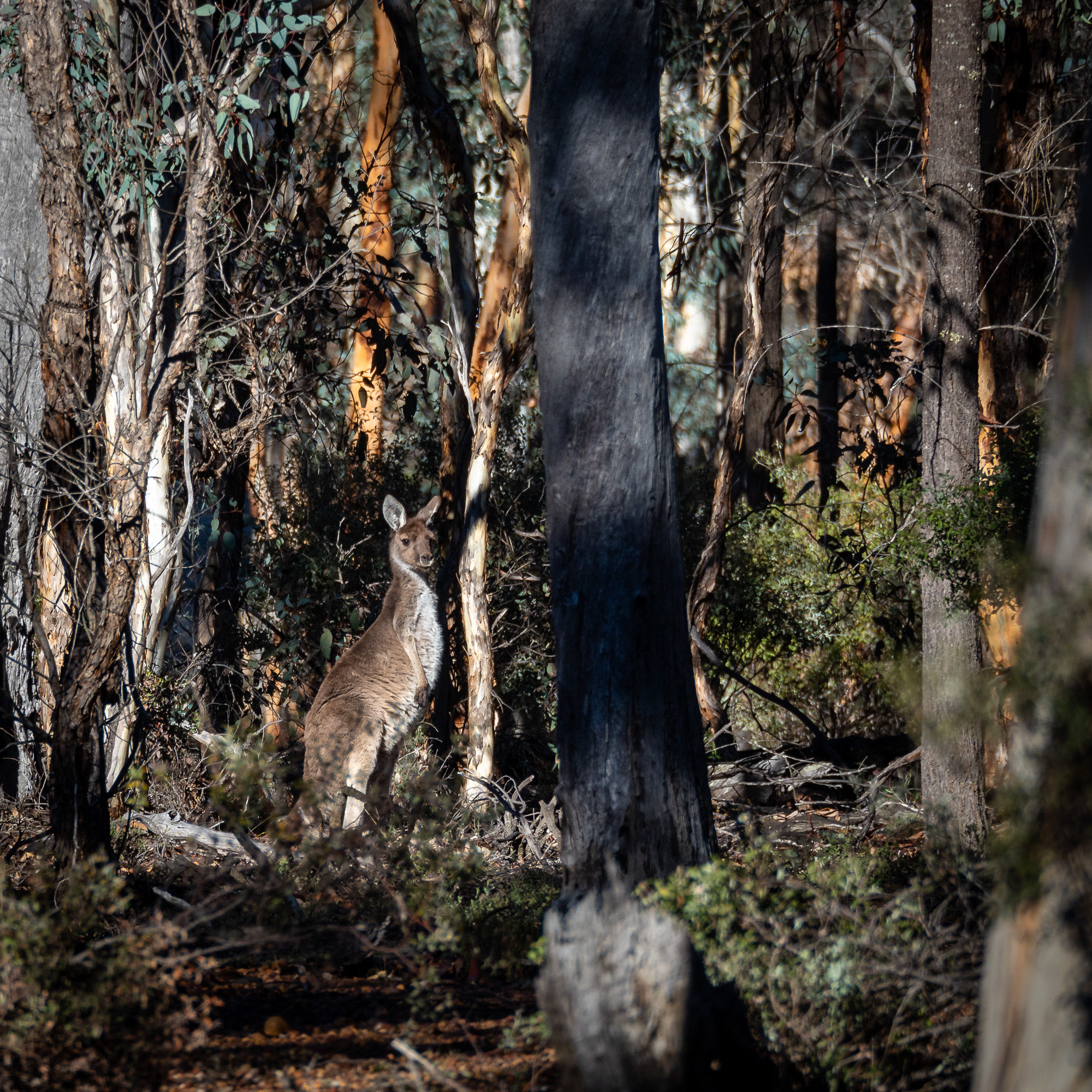
Jules and I both hit the hiking trail on Friday morning, this time catching a ‘glimpse’ of something, but whatever it was it was way too fast and didn’t come back out again. Following our hike we met up with BJ, Owie and Annie at the great little Quindanning Pub for a counter meal and pint. The others decided to visit Williams on the way home so Jules and I went back to our Numbat hunting, this time driving slowly along the various Dryandra tracks. We did find a sleepy Echidna who was well pushed up into a log for a snooze and completely ignored us. And, to our great delight, Jules ‘saw one’ scampering across the road, disappearing as quickly as it came.
Luckily, my mate Loz88 had already advised me that if you see and spook a Numbat, give them at least 10mins and they’ll generally come out again. So here I was, standing on the roadside edge scanning the bush for the little bugger. After somewhat more than 10mins, I was just about to call it a day when I turned to Jules to let her know that I’d give it “one more minute”, and hey presto, she magically appeared at the end of a log giving me the hairy eyeball. I managed to get a few shaky pics, and again I lost sight of her when I turned to signal Jules over. However, now excited about seeing our first Numbat and knowing we were in the right place, we crept a bit closer and waited for another 20 or so minutes, finally being rewarded with the Numbat appearing from within the end of a log. It spent another few good minutes just sizing us up from the safety of its log, but when a family of Bluewrens started hopping around its hidey hole it worked up the courage to venture out, doing a strange strutty, robot style walk back into the bush. This time, both Jules and I managed to grab some video. Mission accomplished! We’d seen our first wild, and endangered WA state fauna emblem, the Numbat! We celebrated that evening with a bottle of wine and a lovely warm fire to ward off the 2 degree (C) minimum temperature that night. Saturday morning I took both BJ and Owen out for another Numbat hunting hike, however, all we saw were a few roos and an eagle that was easily large enough to take one of the many new lambs in the area.
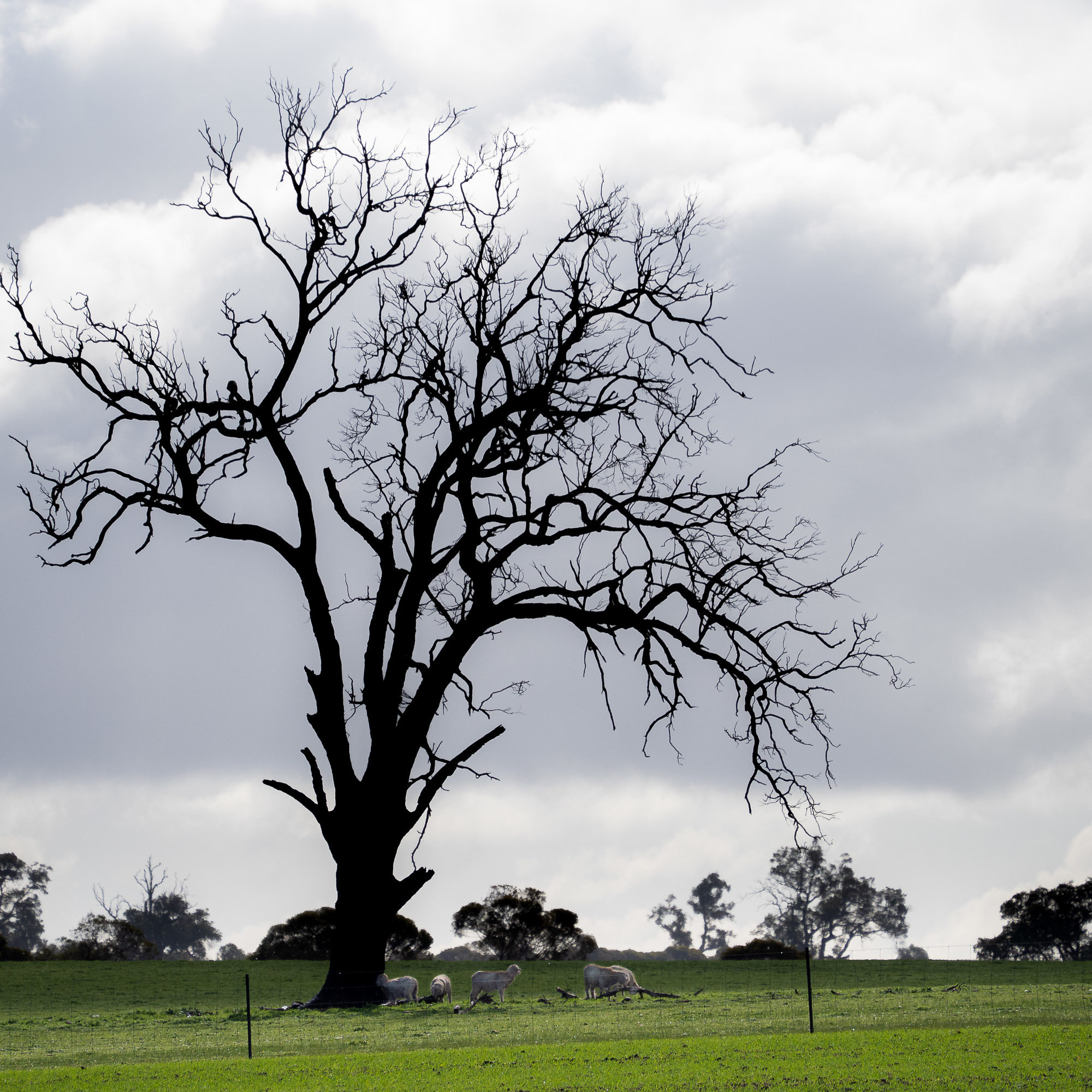
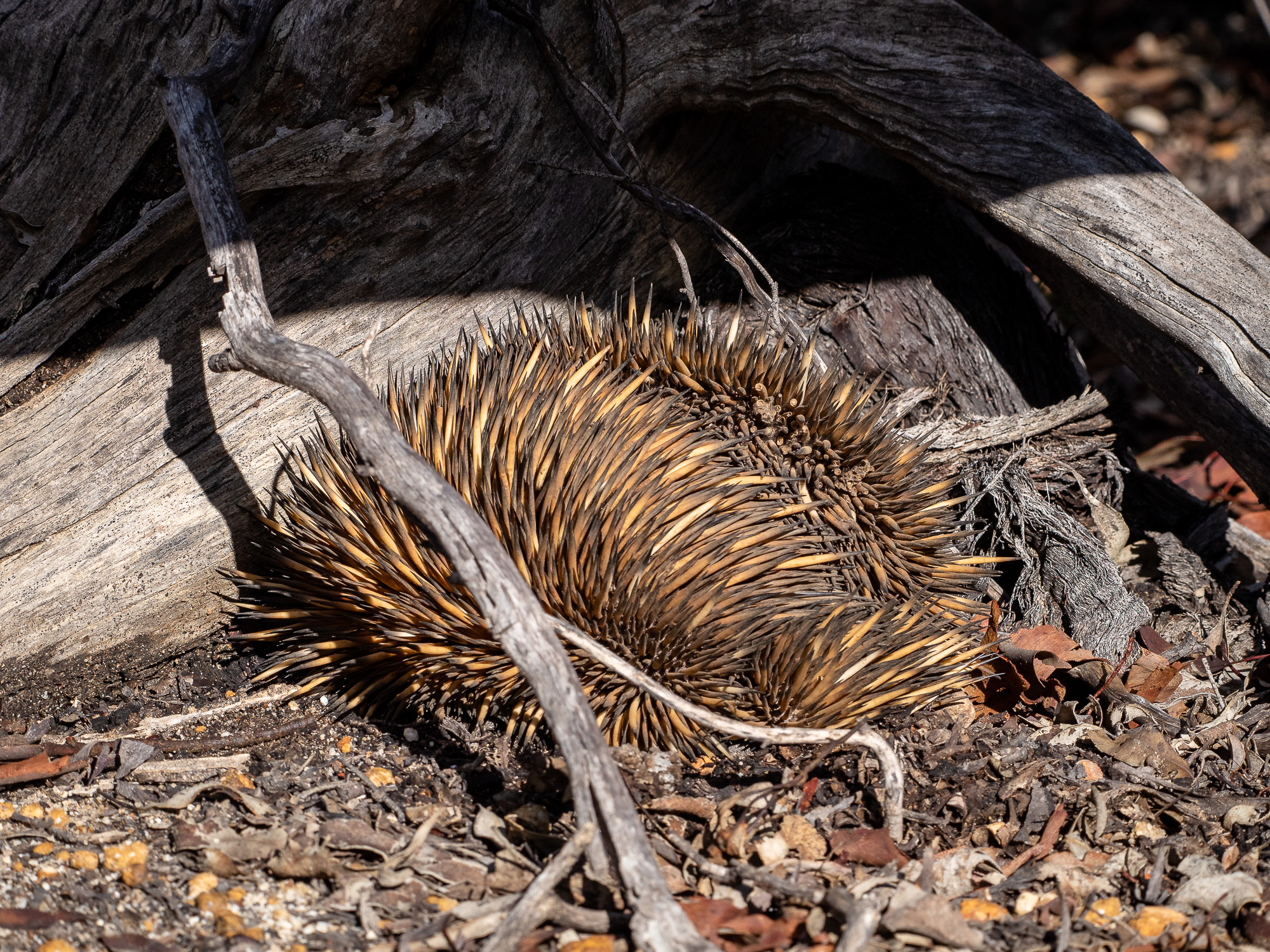
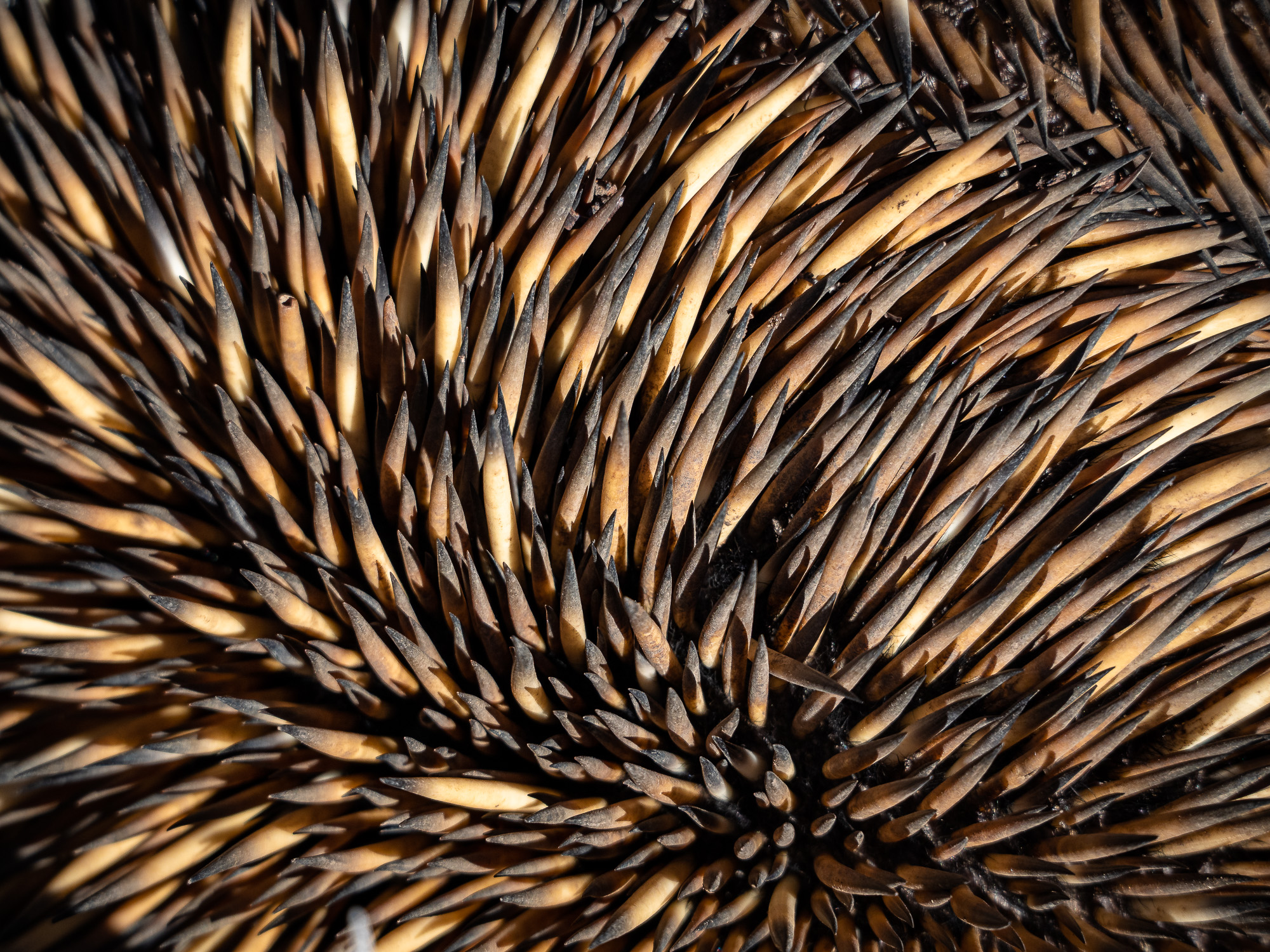
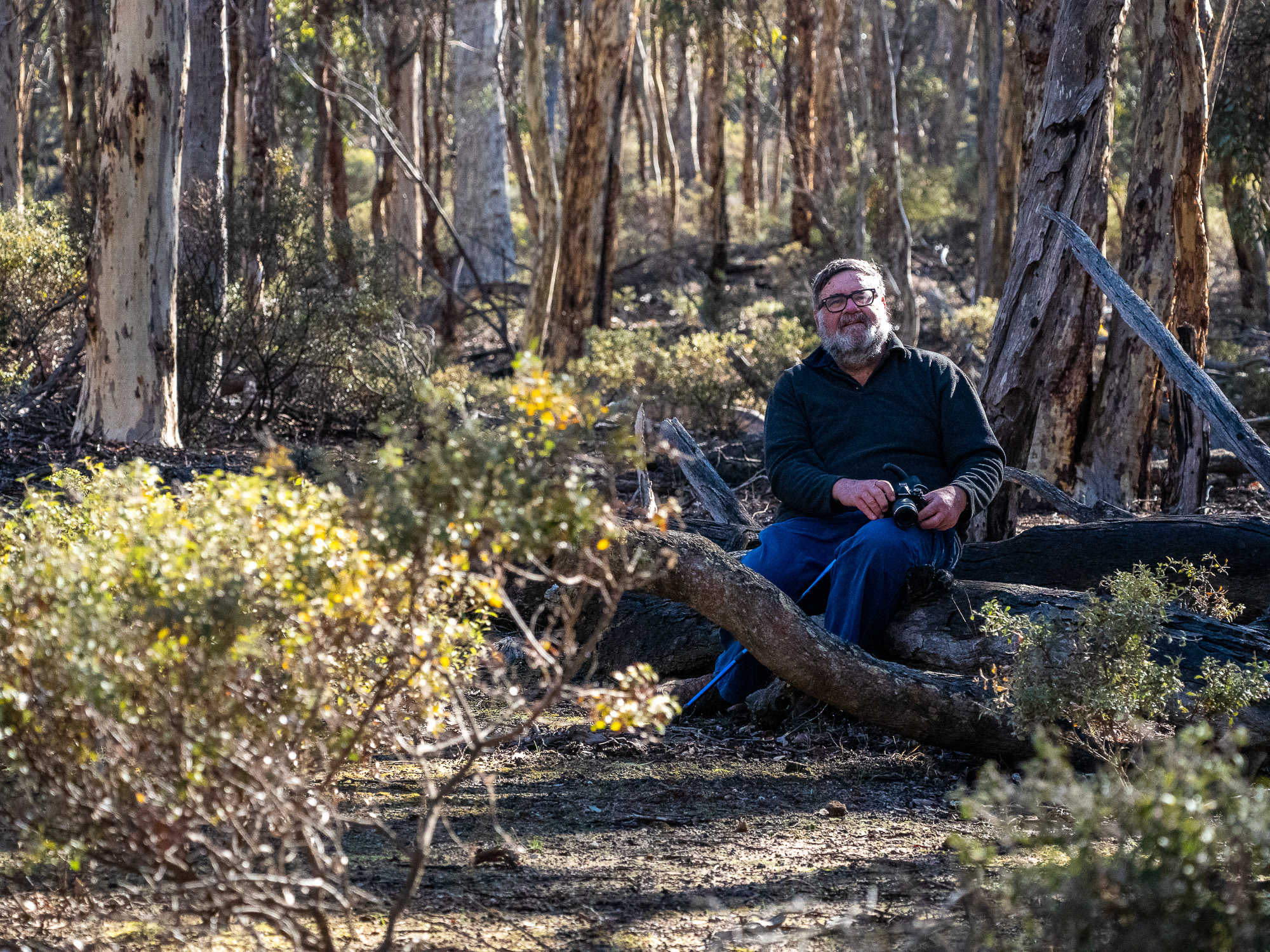
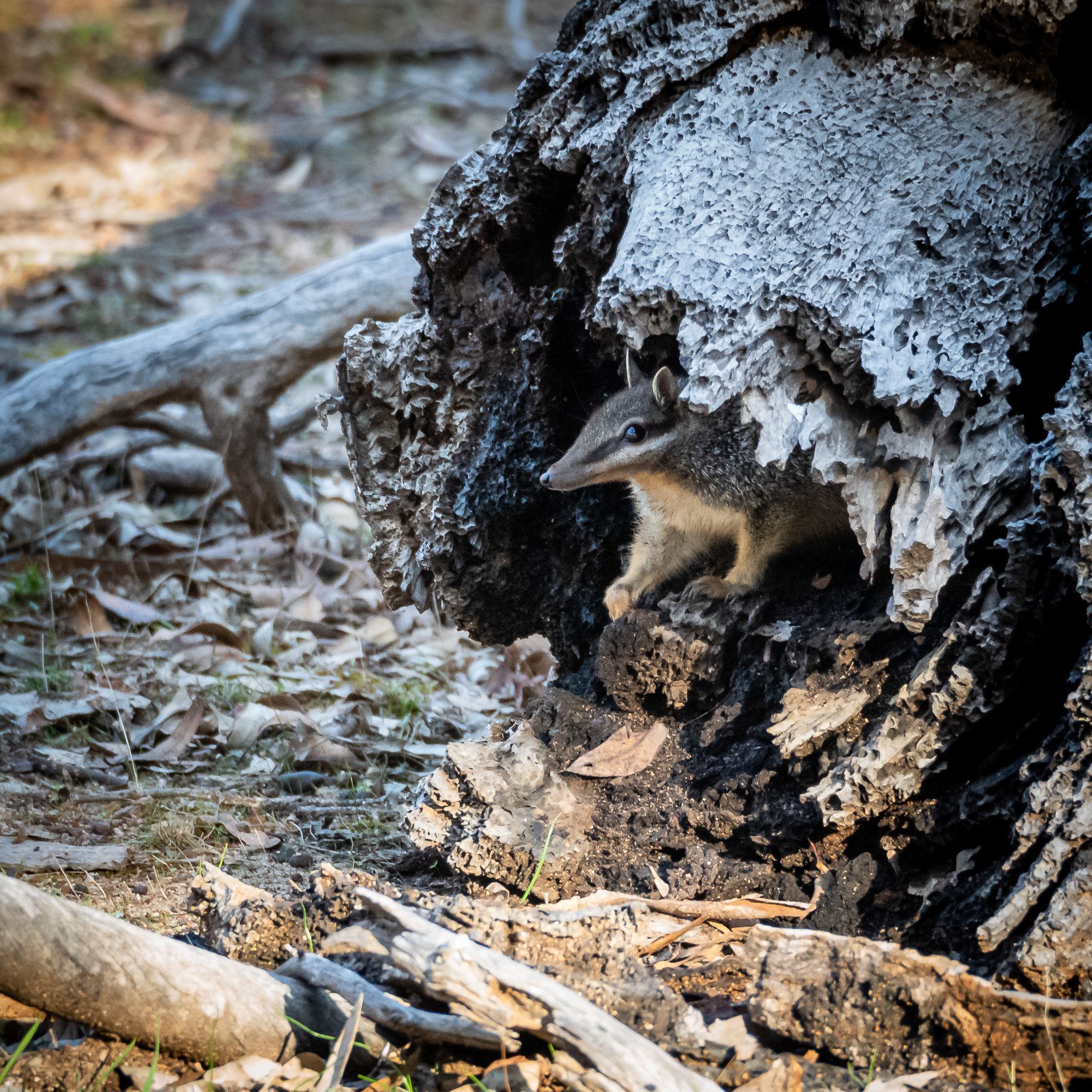
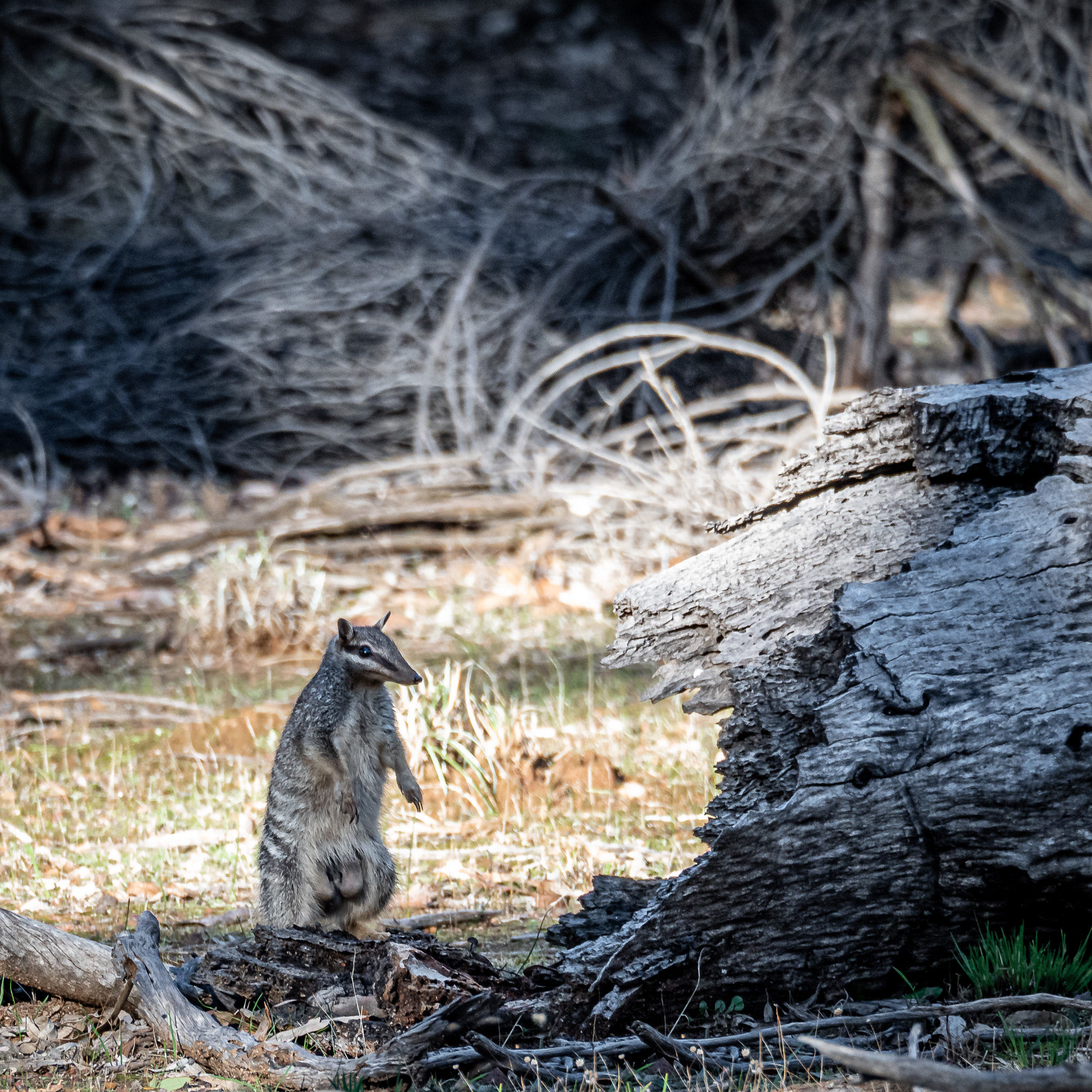
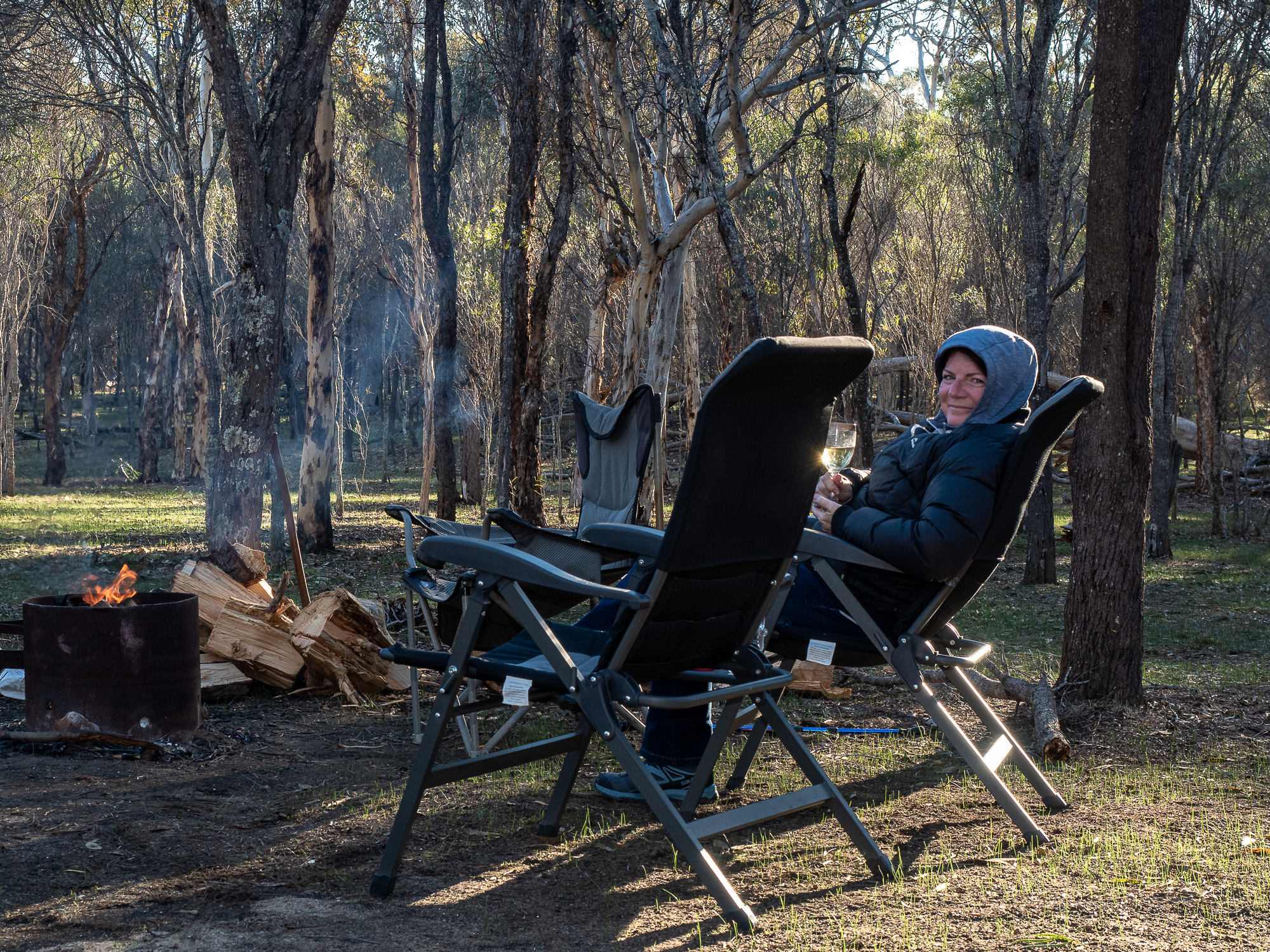
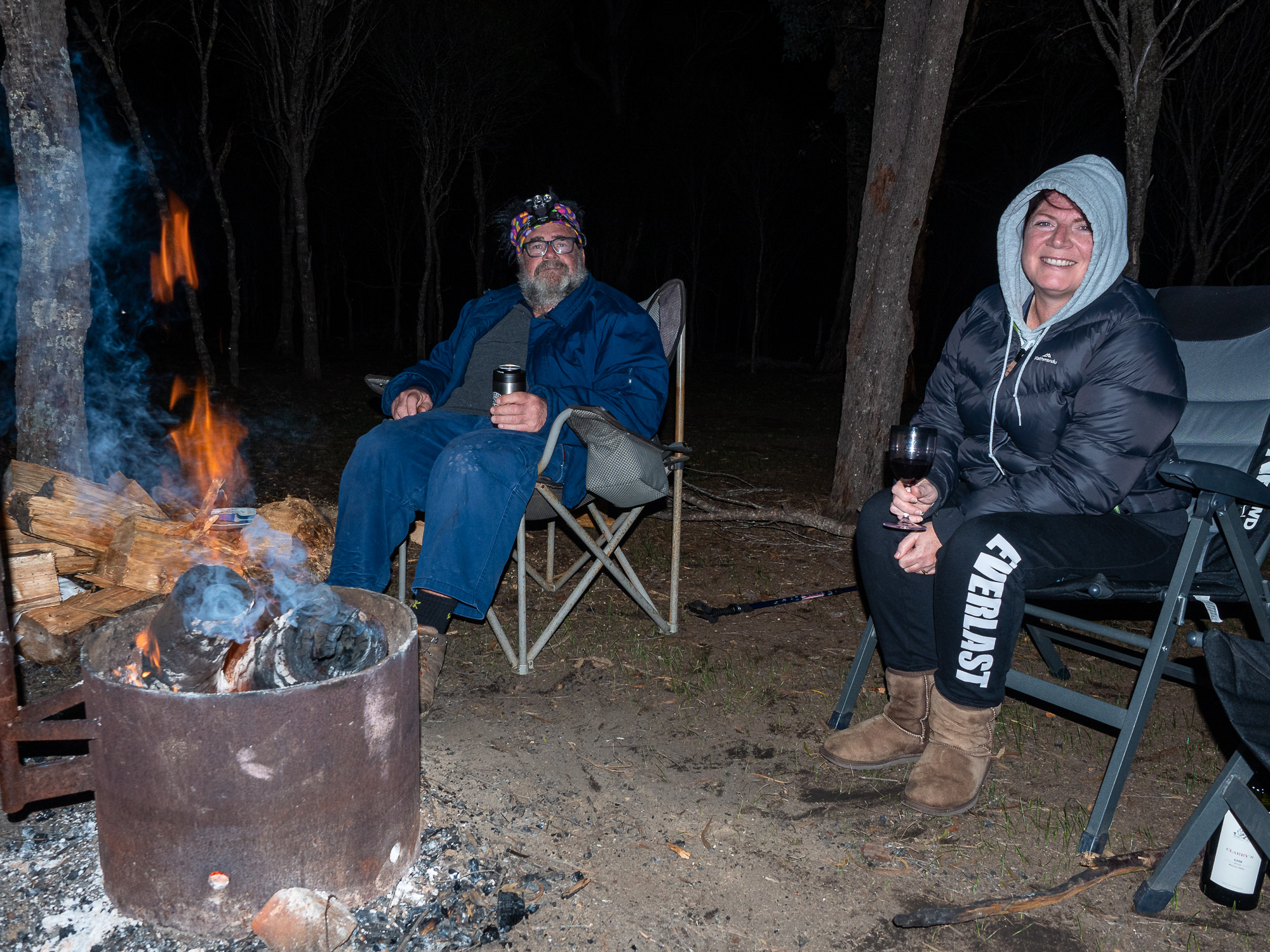
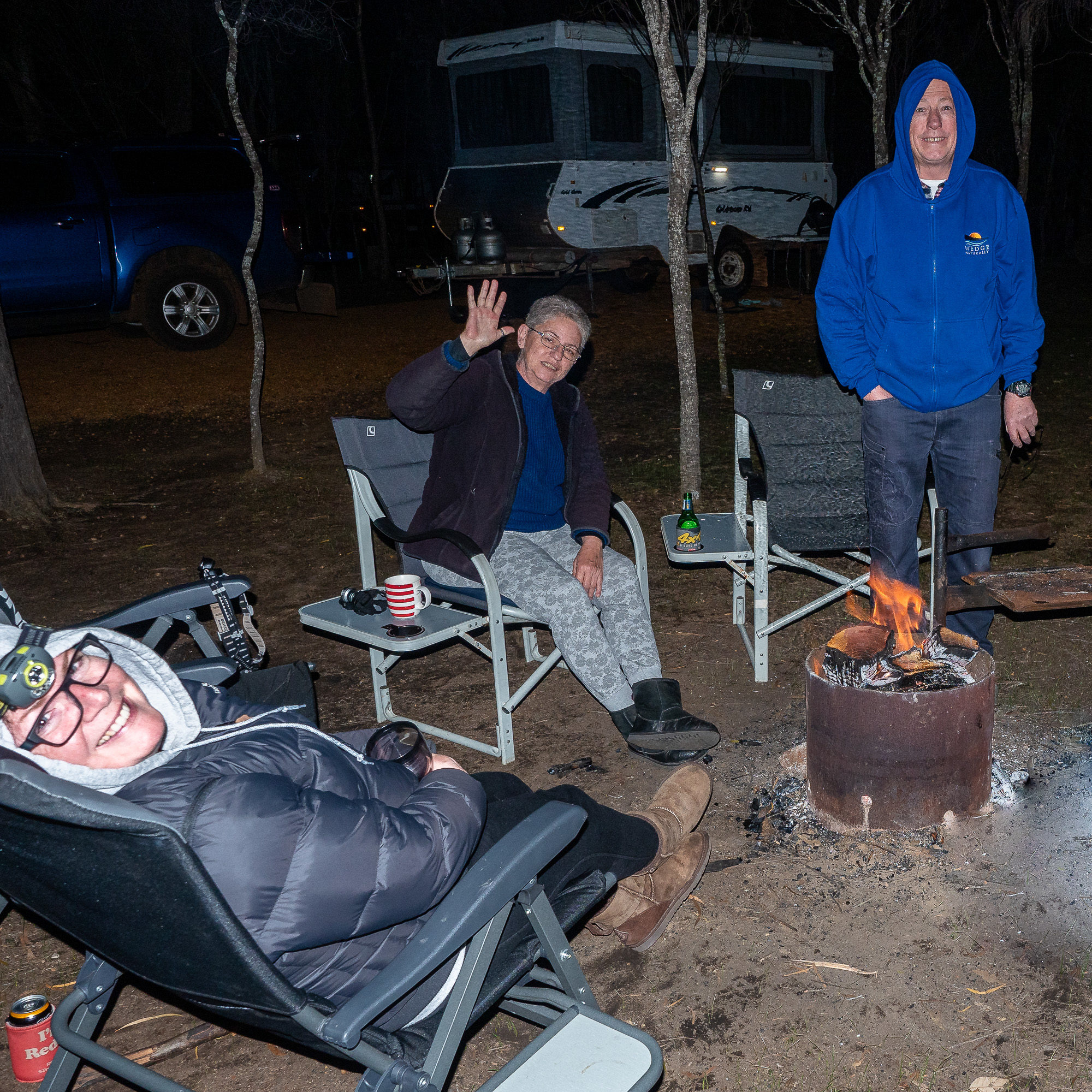
As always, we had another fantastic camping trip, taking in some great sights within our very special state of WA, capped of by our first Numbat encounter.
Some great shots there of another epic adventure.
Thanks David, always fun getting out to explore
Nice photo’s Tony
Interesting reading about parts of our great state I haven’t visited yet. We’re thinking of purchasing a Goldstream Crown camper trailer & came across your blog while researching. I wondered if you could post some pics & info on how it travels & it’s comforts. We’re upgrading from a Trackabout camper trailer which we’ve loved but want something quicker & easier to put up.
Thanks.
Hi there,
Gorgeous photos! I’d love to use a couple on our Visit Quairading Facebook & Instagram accounts sometime if that was ok.
Thanks
Hi Jo, no problems with using some pics. I’ll private mail you some more info.